The nighthawk has been using her wing fairly normally in a confined space, so this week will be the big test as I move her into the flight pen and keep my fingers crossed that she can fly normally. It’s not too late for her to make migration if she can just fly!
The egret I was pretty sure wasn’t gonna make it last Sunday did in fact die that night…or, more precisely, in the wee hours Monday morning. I have to admit, I was disappointed. By lights-out he was standing and alert; at 1AM he was still alive…but by 6:30 he had died. Since he was keeping his food down and even starting to resist being fed, I really feel like it was the hundreds of fire ant bites covering his thin little body that did him in.
When the call came in this week about a red tail with a “dangling” leg, I shuddered, figuring this was not going to end well. Upon seeing the bird, a first-year male, and examining his limp leg, I knew I was right.
Early in the week, I received a call from a fellow rehabber in extreme South Georgia who’s not currently doing anything but deer. She’d gotten a call from a fellow whose dog had attacked a female flying squirrel who had babies. He’d taken the mama from his dog’s mouth and rescued the babies—apparently the entire nest cavity had fallen (flyers are cavity nesters). After making sure I was taking flyers, she gave me his contact info, and I immediately called him. Turned out his license had been suspended and he had no way to get the flyers to me. After two hours of calls on his part and mine, I was able to locate a contact who had a volunteer (thanks, Barbara and Heidi!) who lived in the area and was willing to meet me halfway with the mama and babies.
So at 10:45 at night, she and I met for me to pick up the flyers. I knew immediately that Mama Flyer was done for. Dog jaws are designed to crush, and her entire back end was crushed and dangling limply. My best option was to remove the babies from her box as soon as I got them home, as I didn’t want them attempting to nurse a dead mother during the night. The guy had said he’d seen the babies trying to nurse but based on their behavior, I didn’t think they’d been getting much, and it had been over five hours since we started this mini-drama. They needed food.
Over the next few weeks, I’ll work diligently to provide a really good photo of the patagium on one of these little darlings; gliding vids, if they happen at all, are quite a way off just yet!
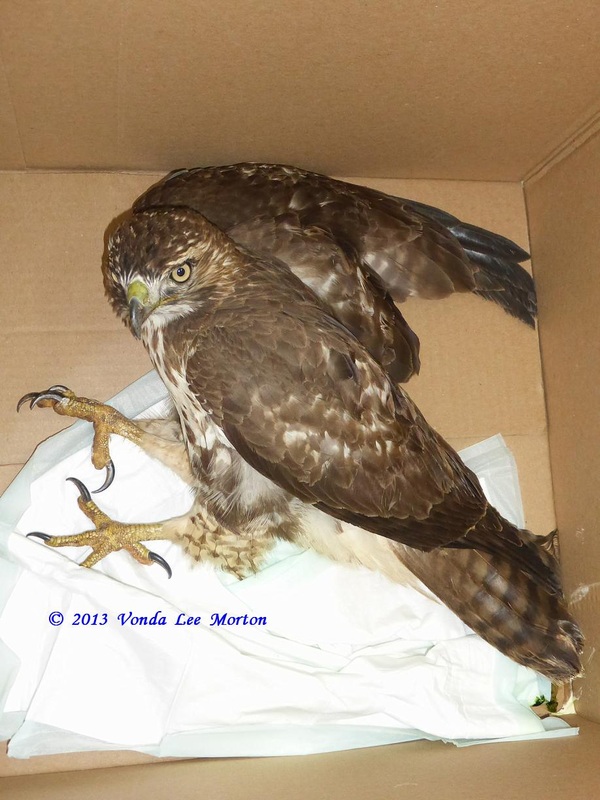
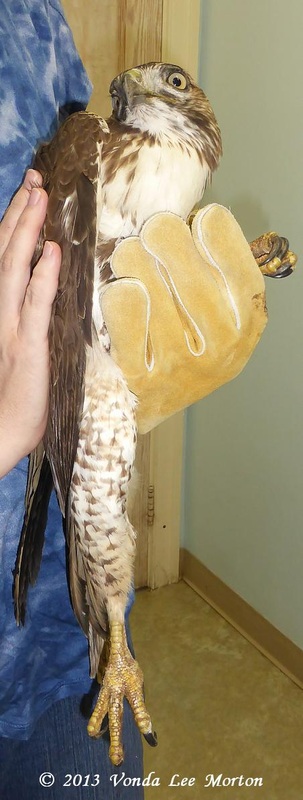
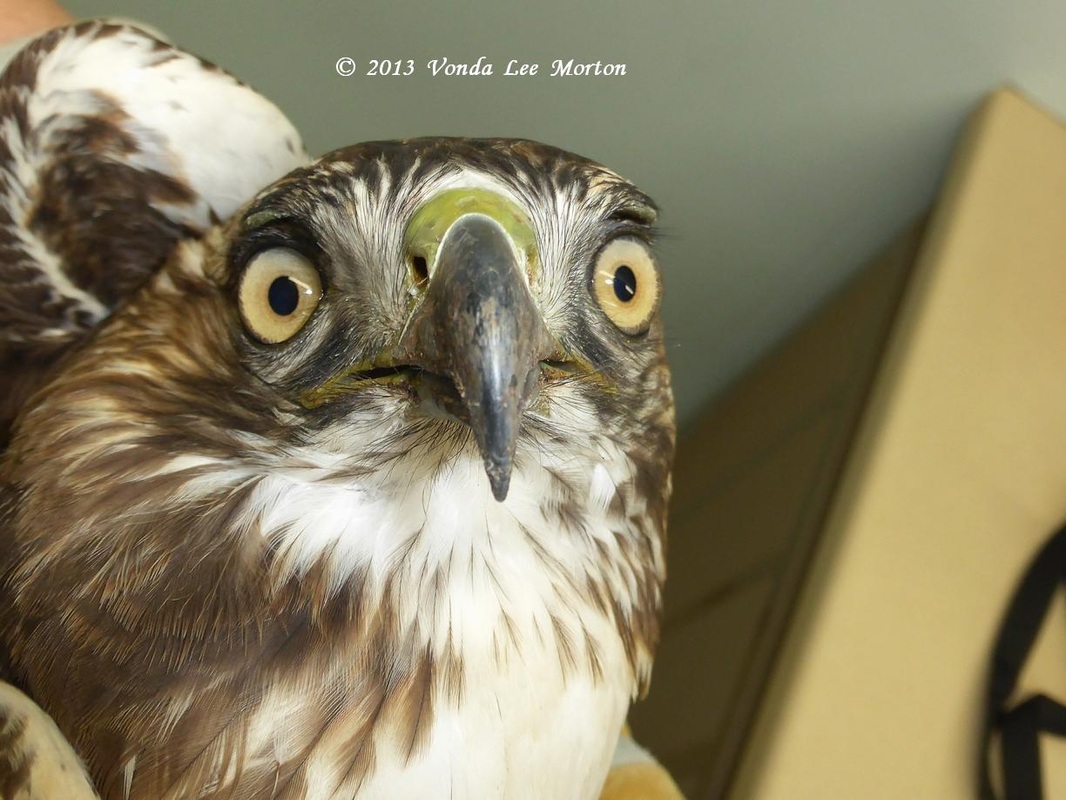
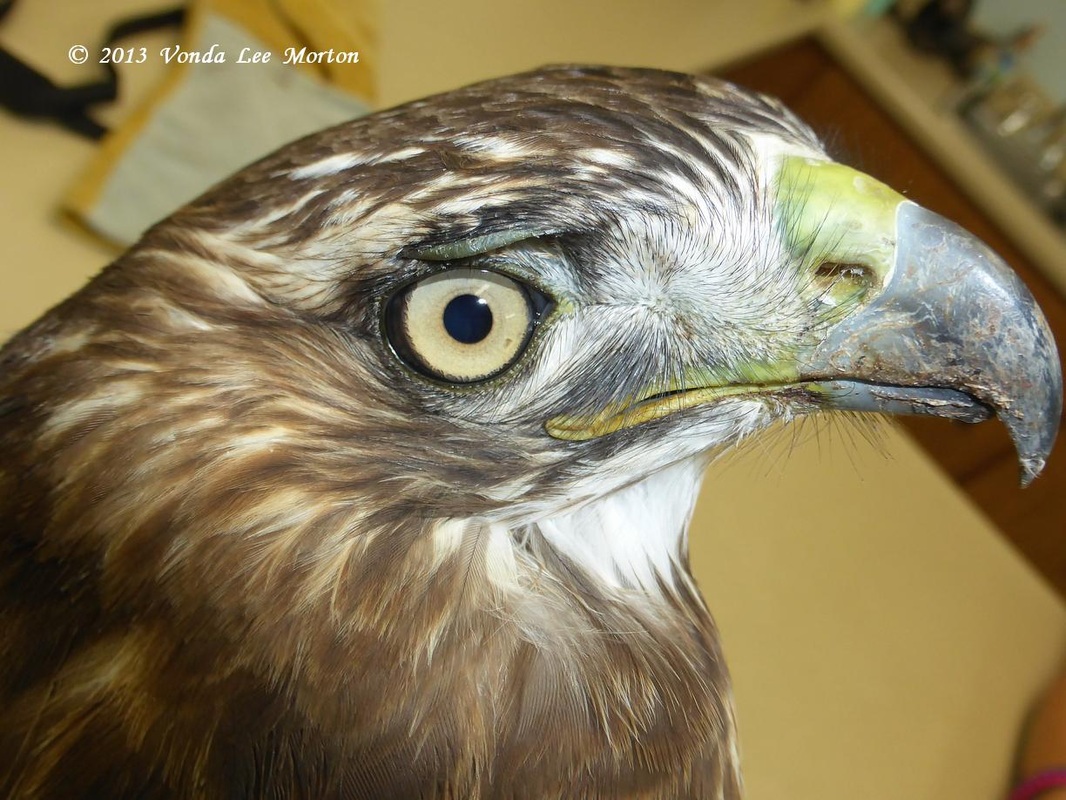
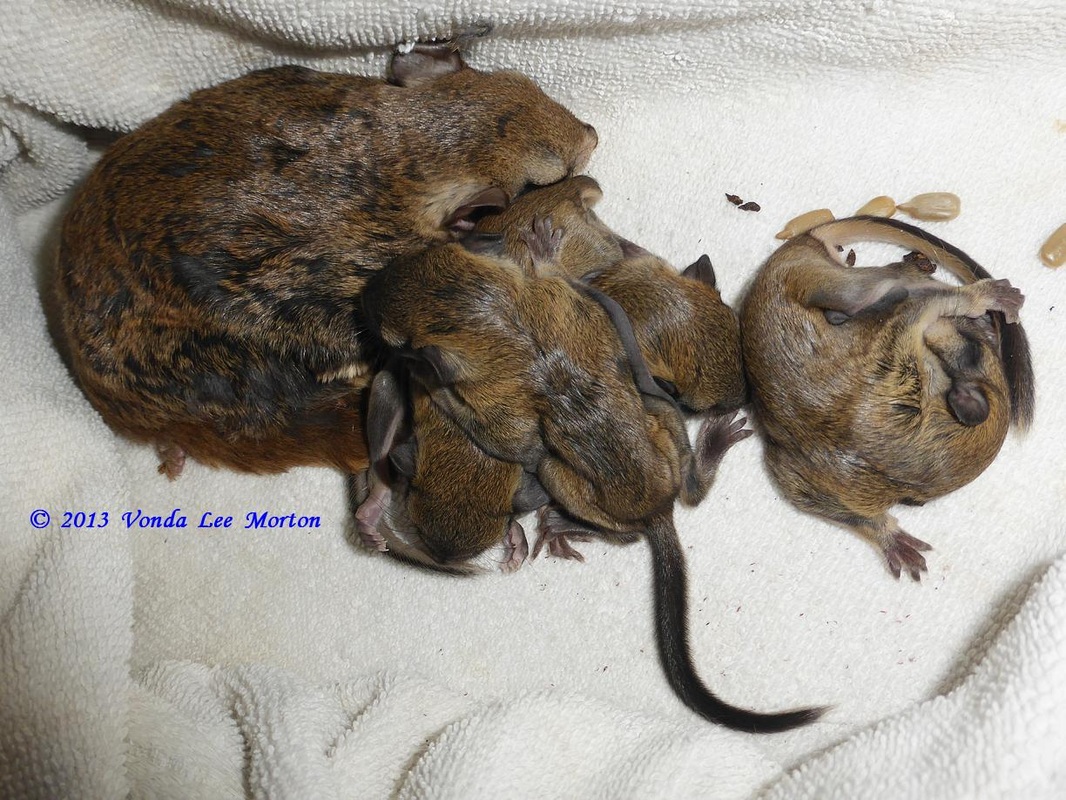
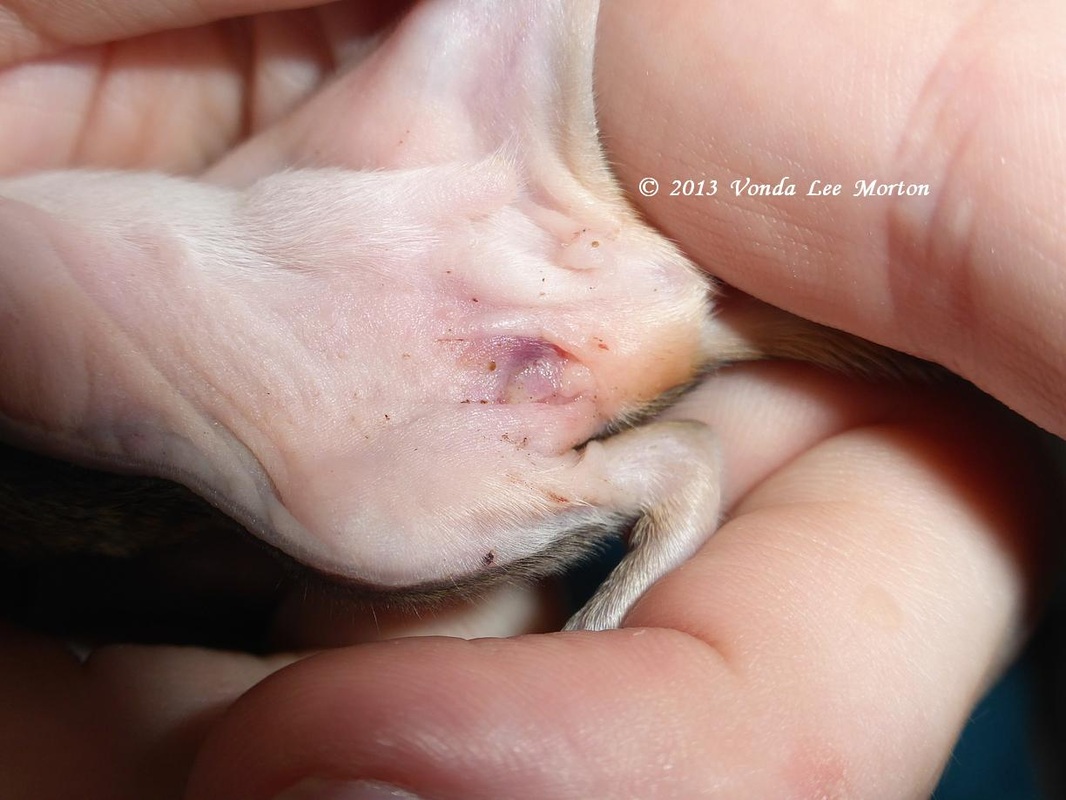
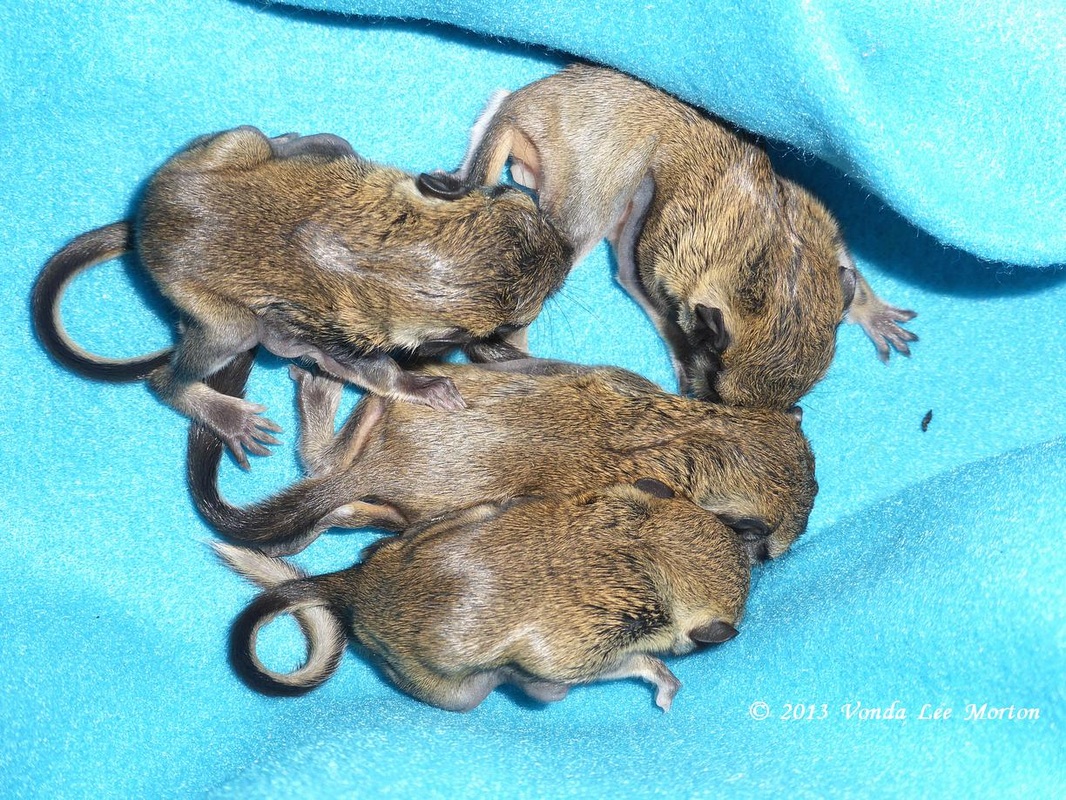
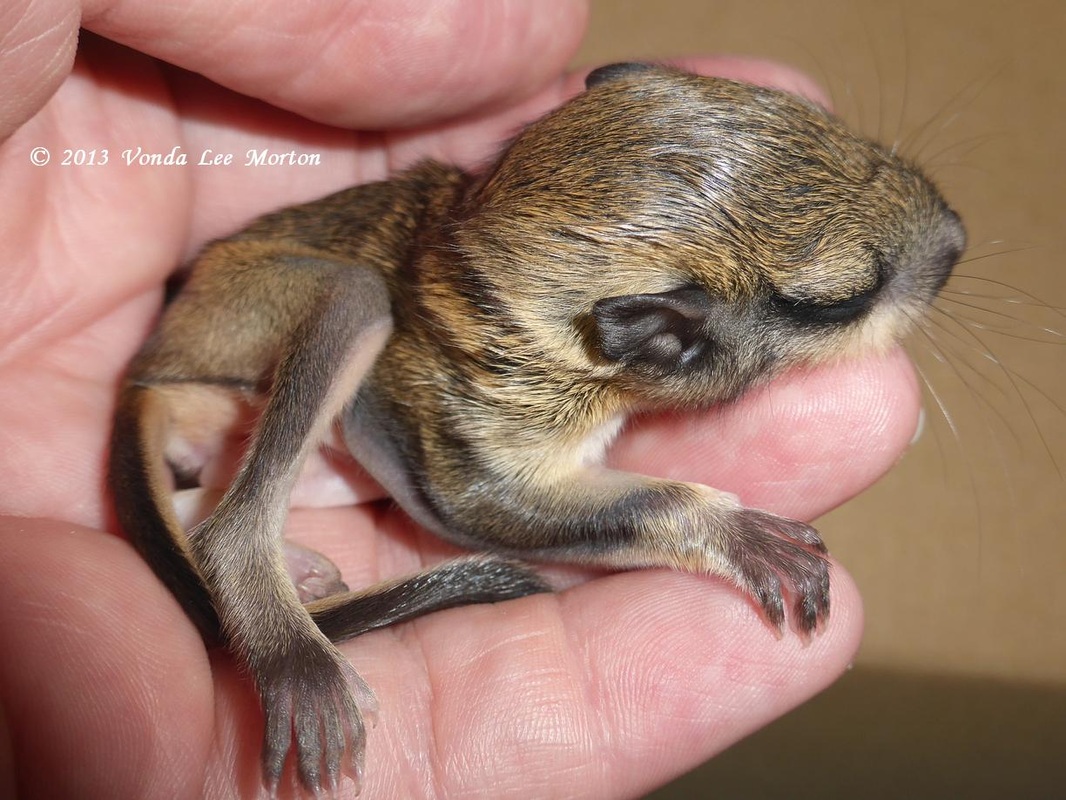
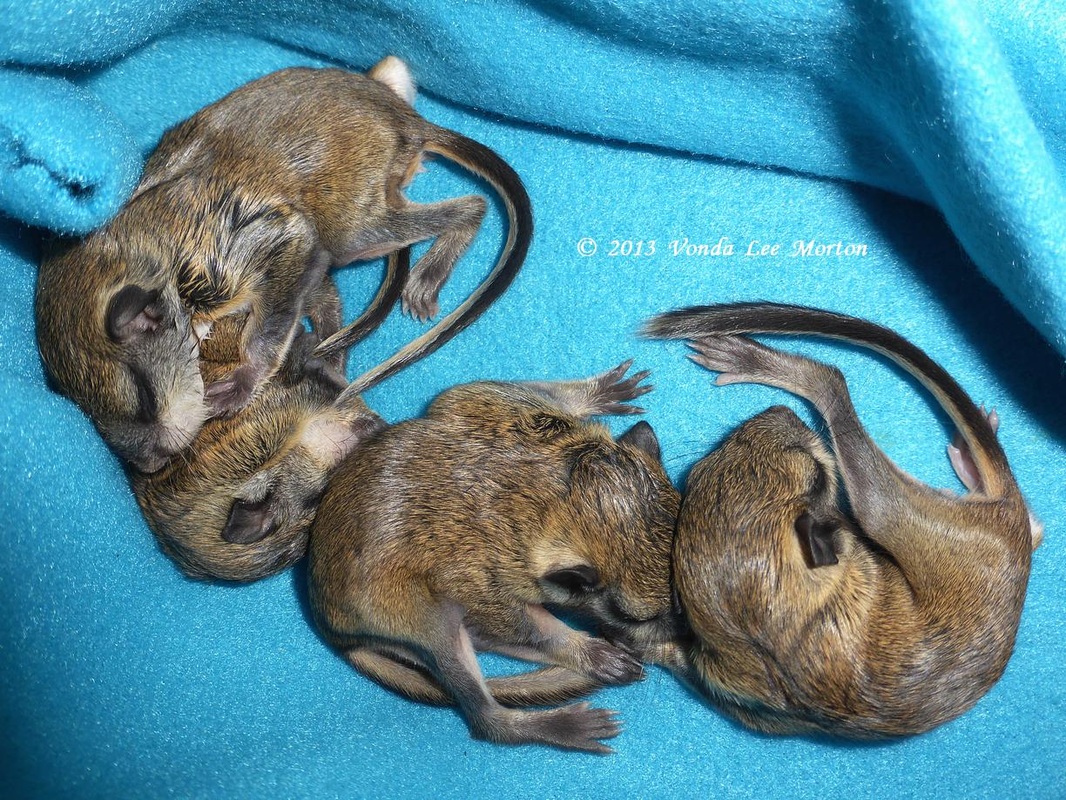
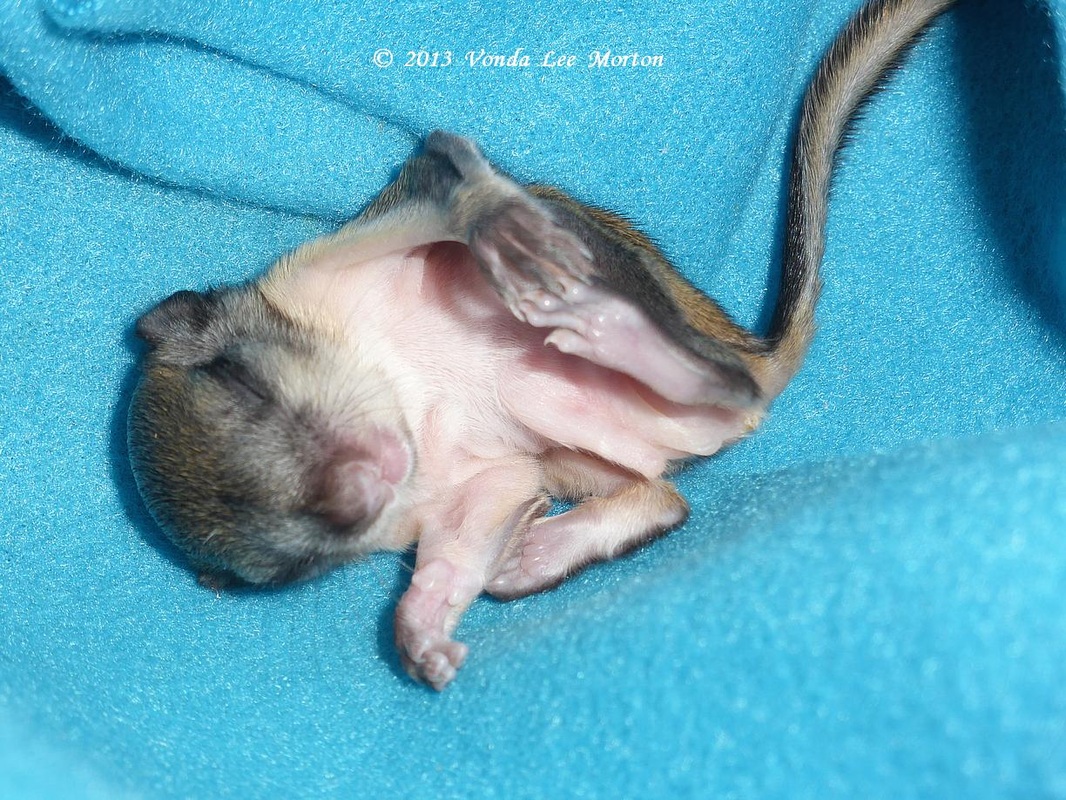
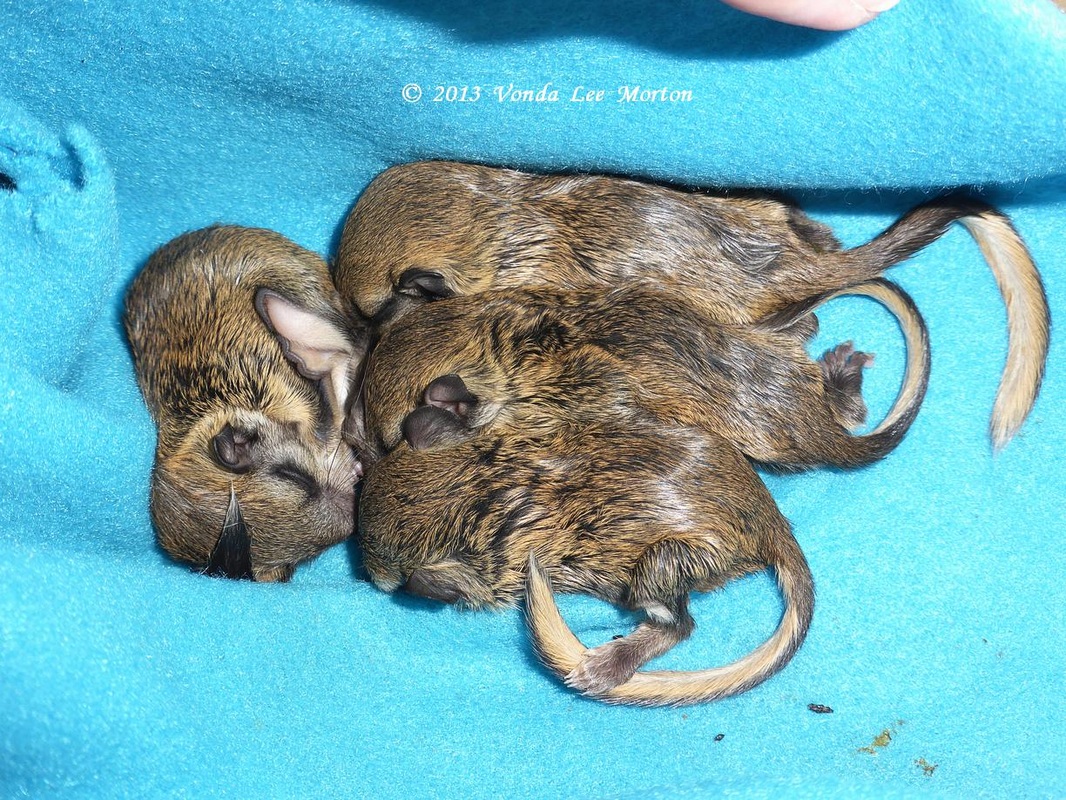
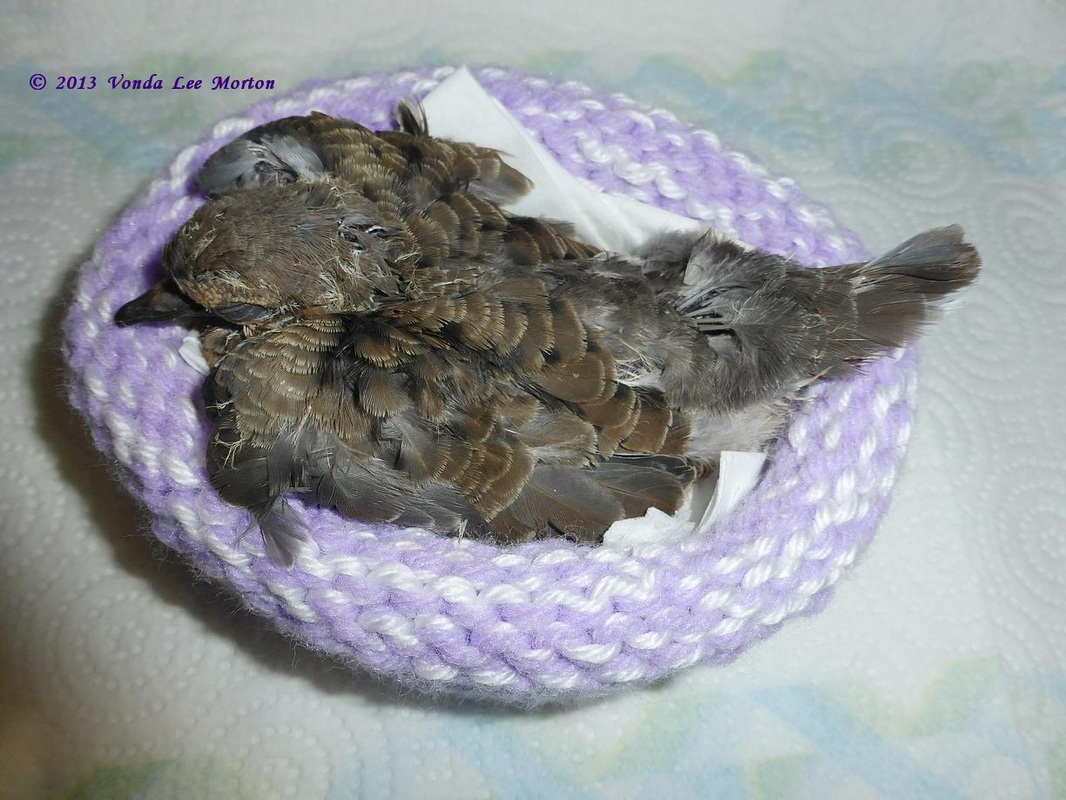
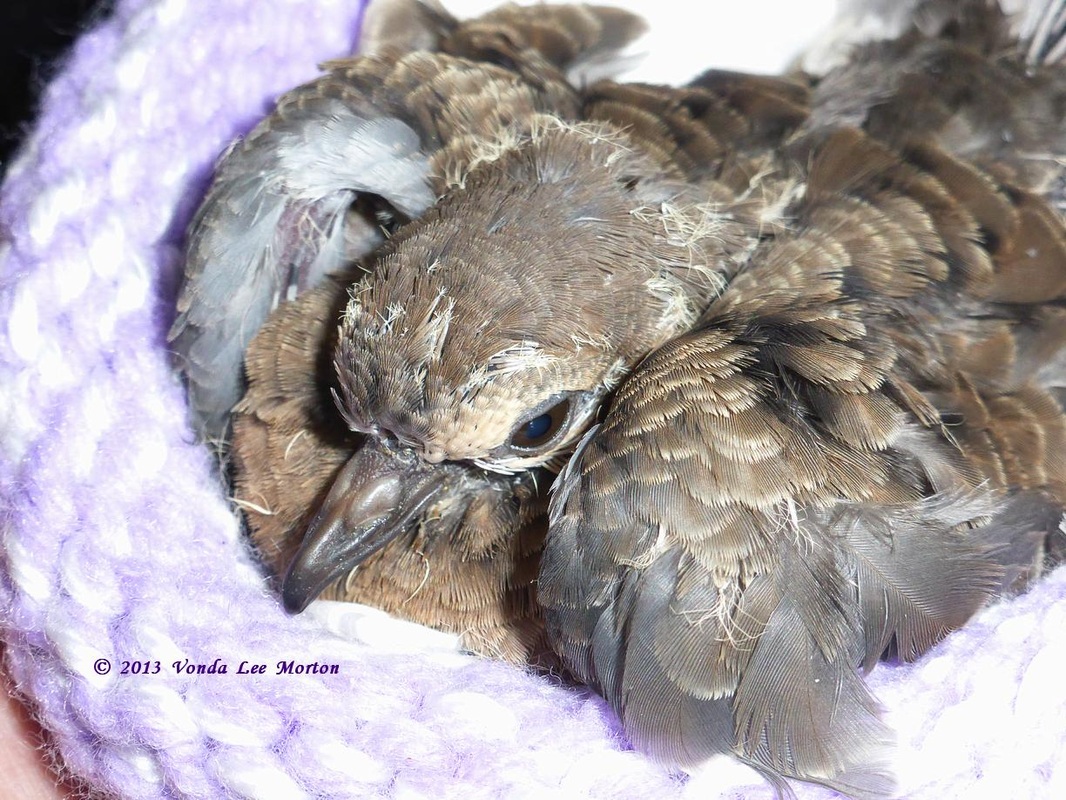
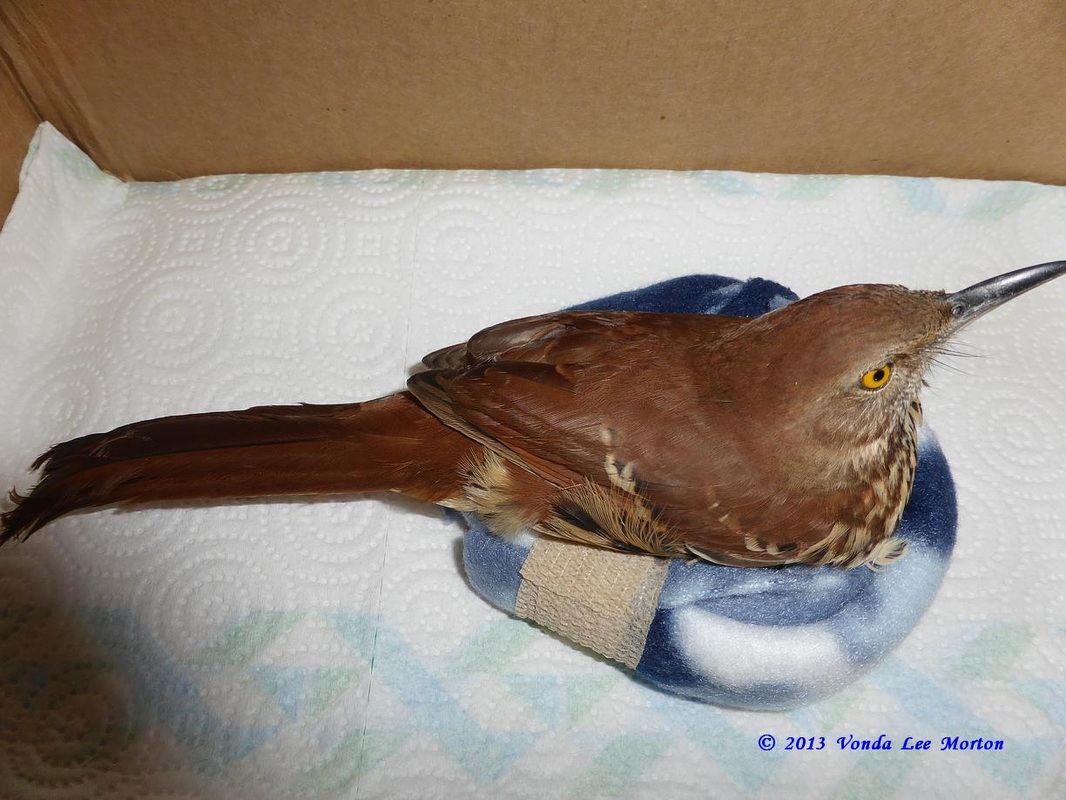
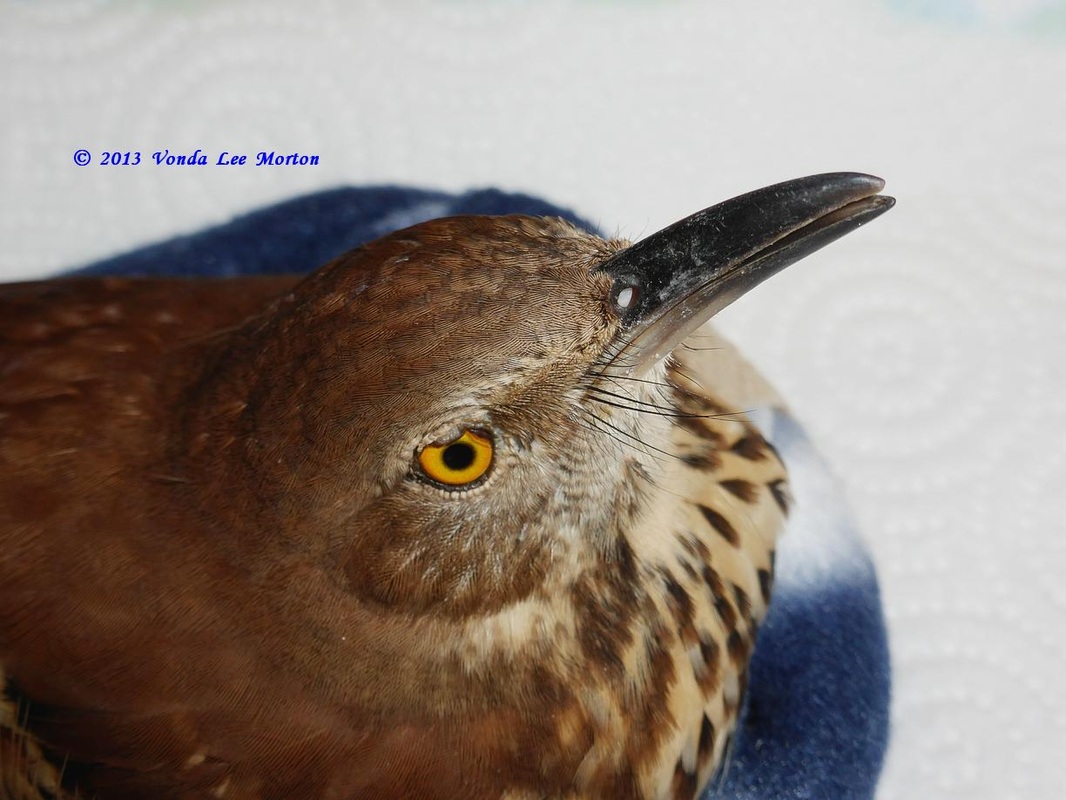
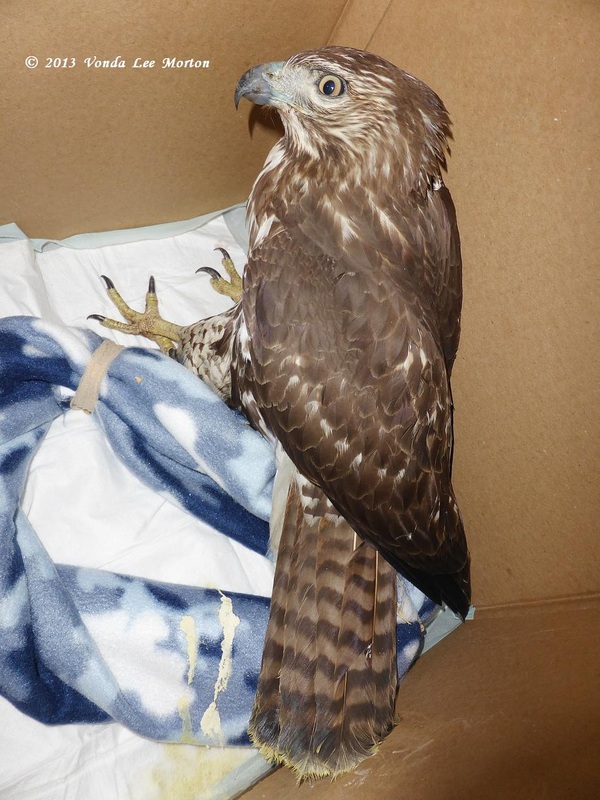
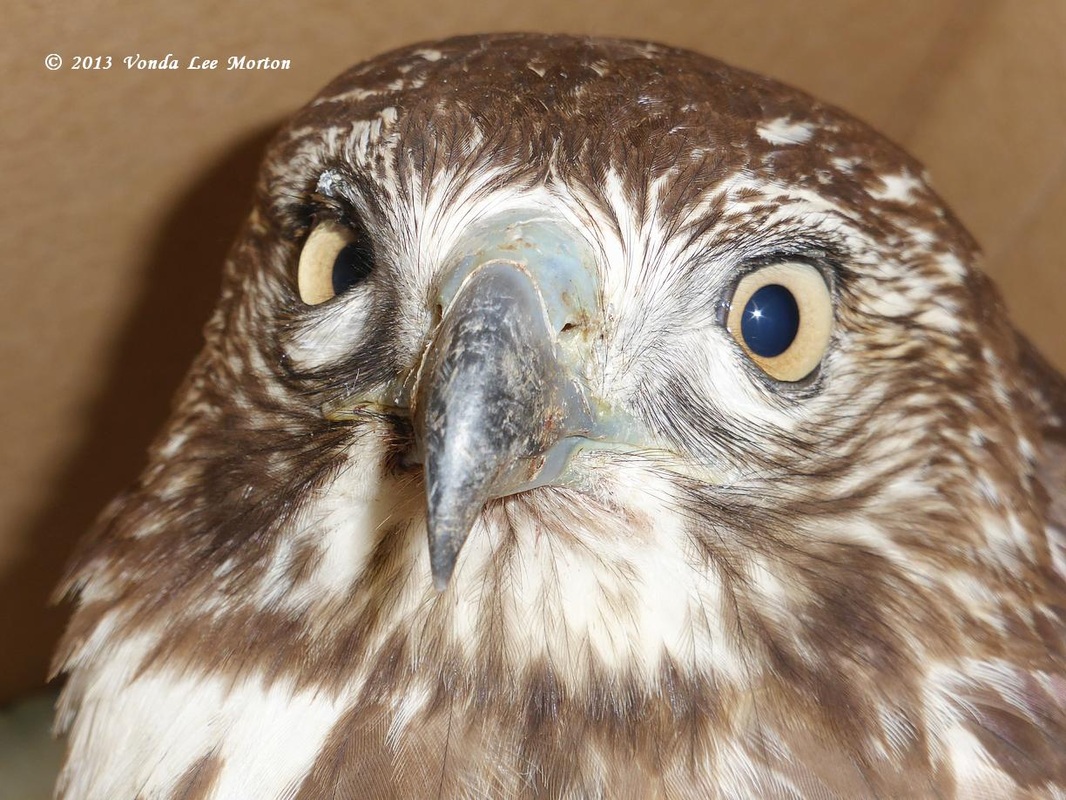
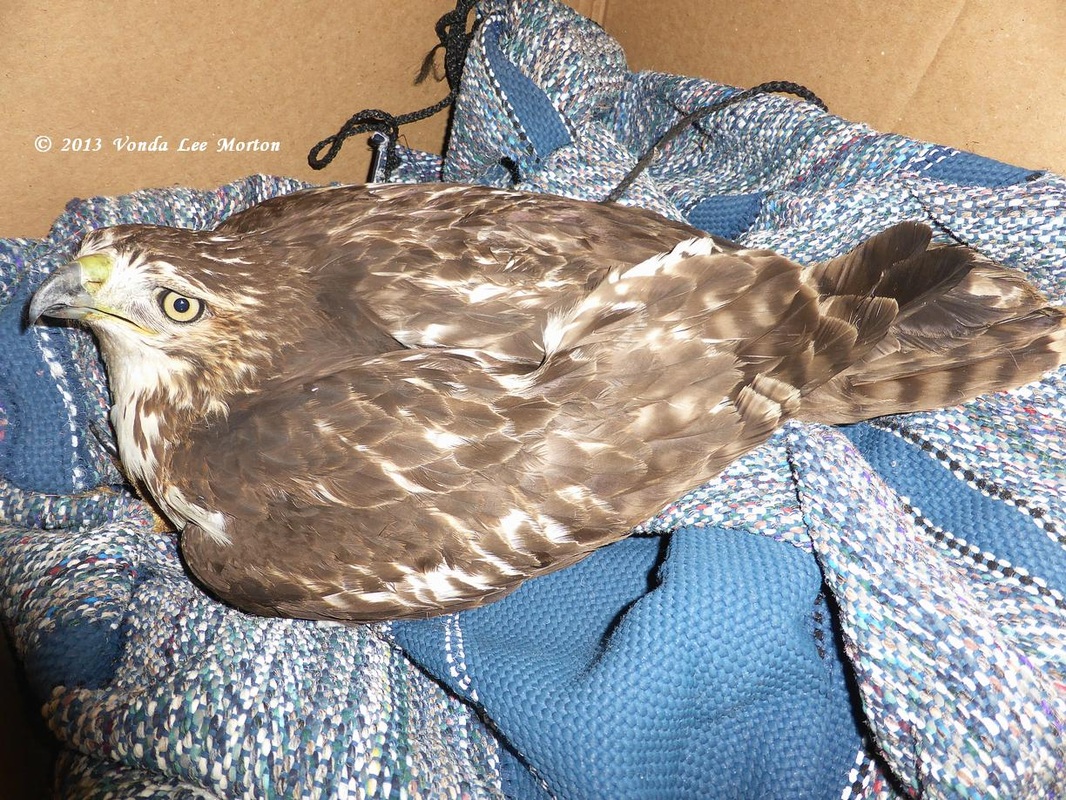
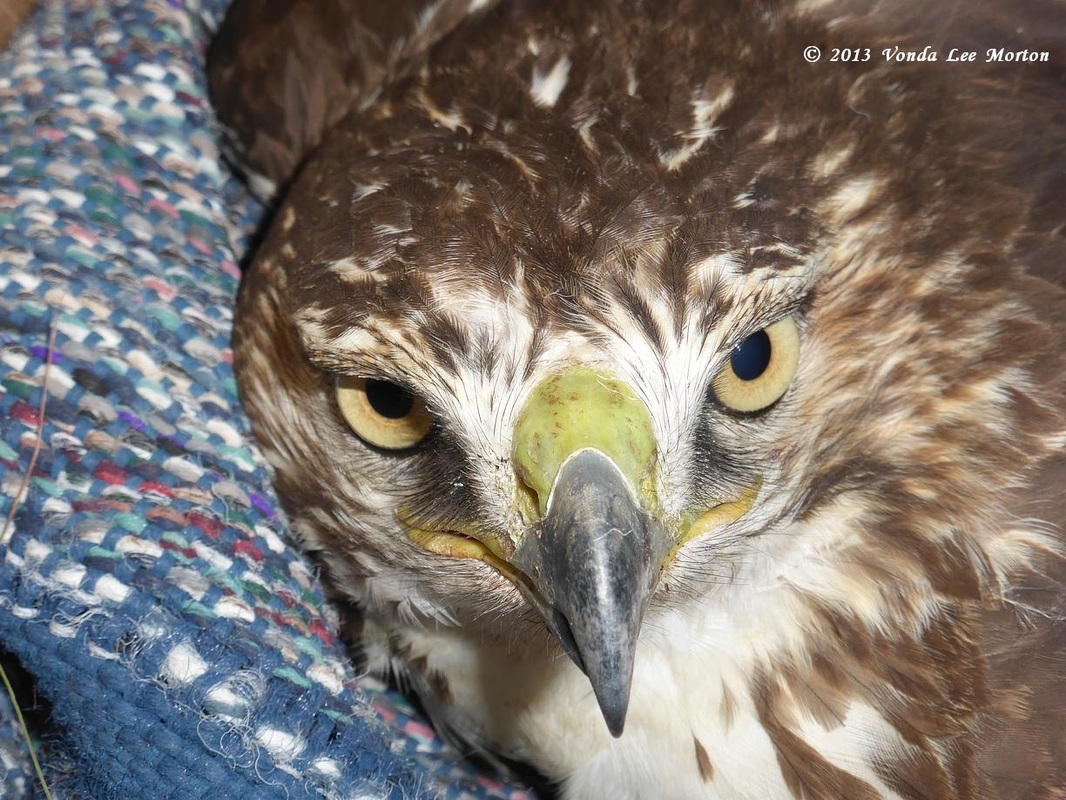
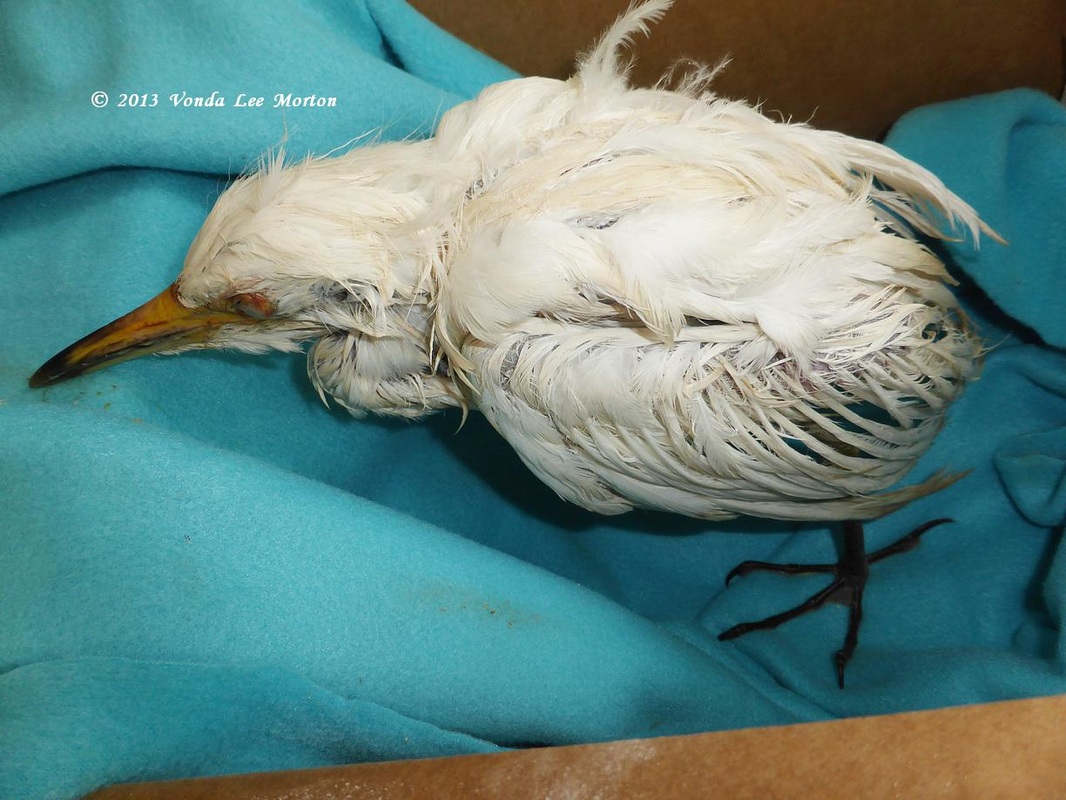
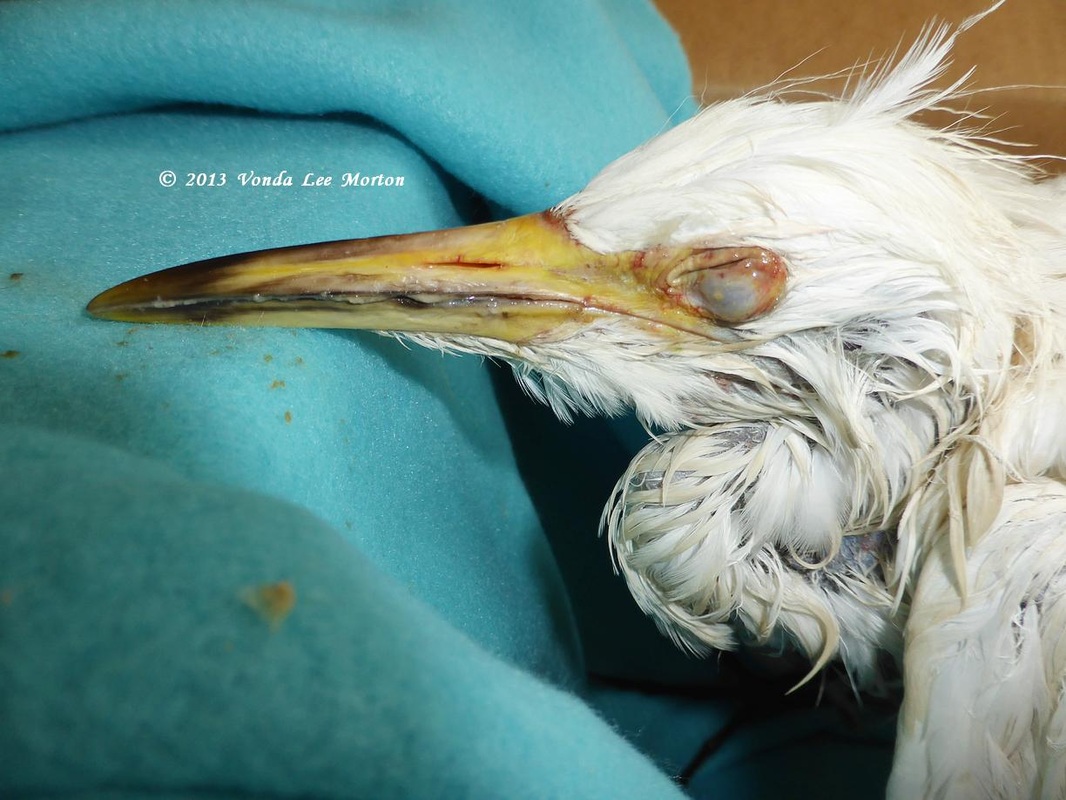
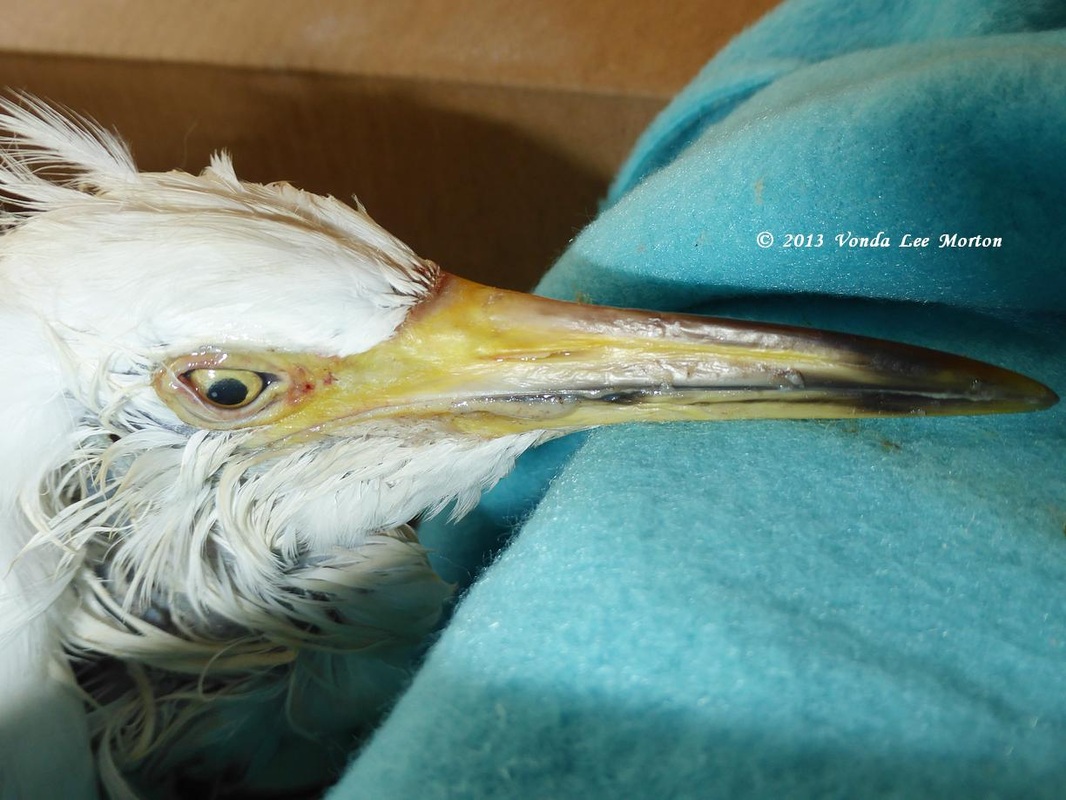
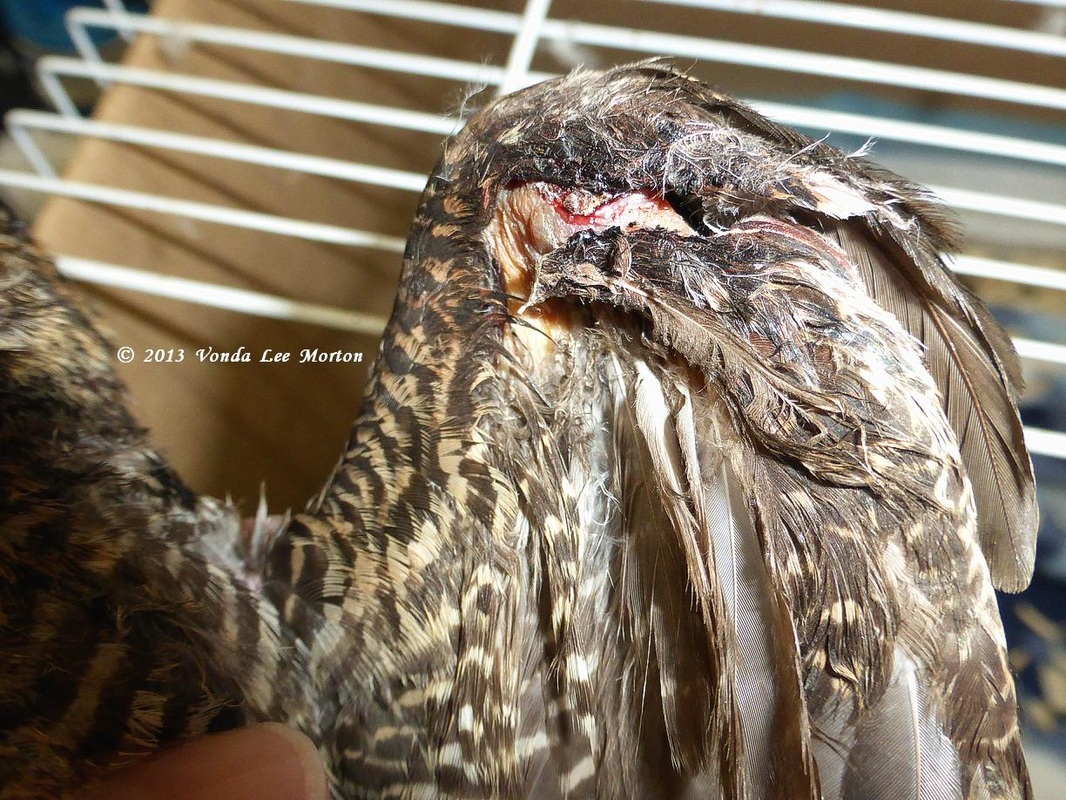
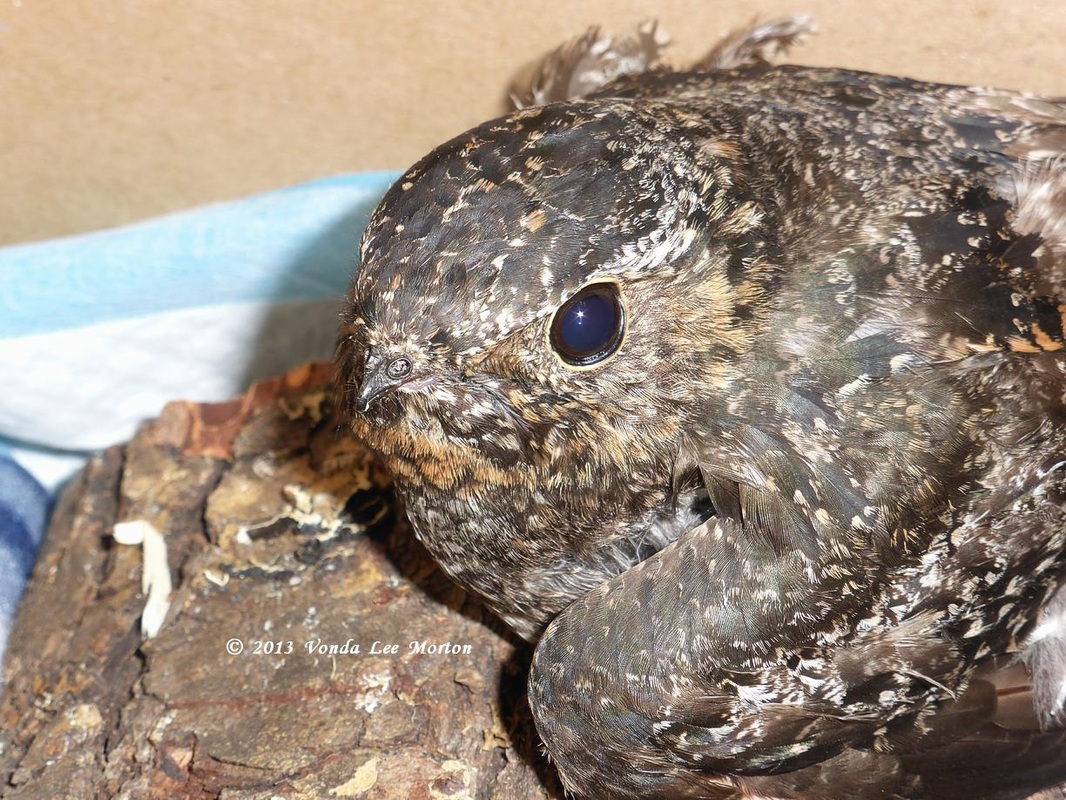
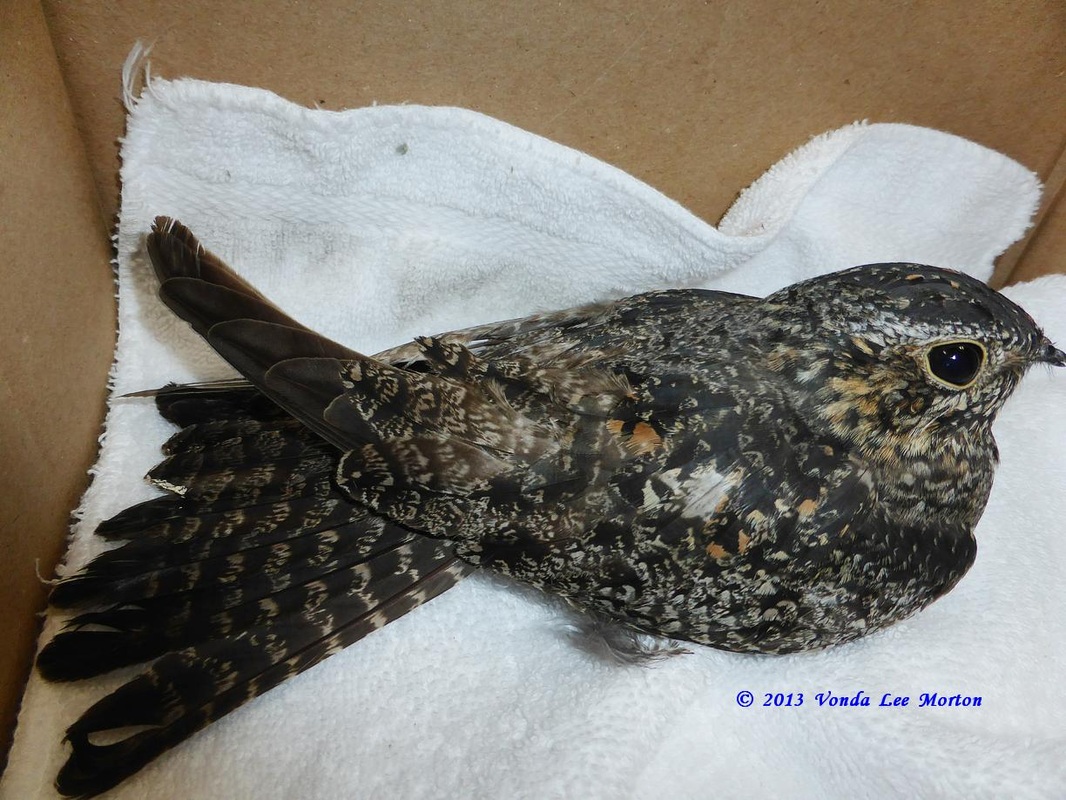
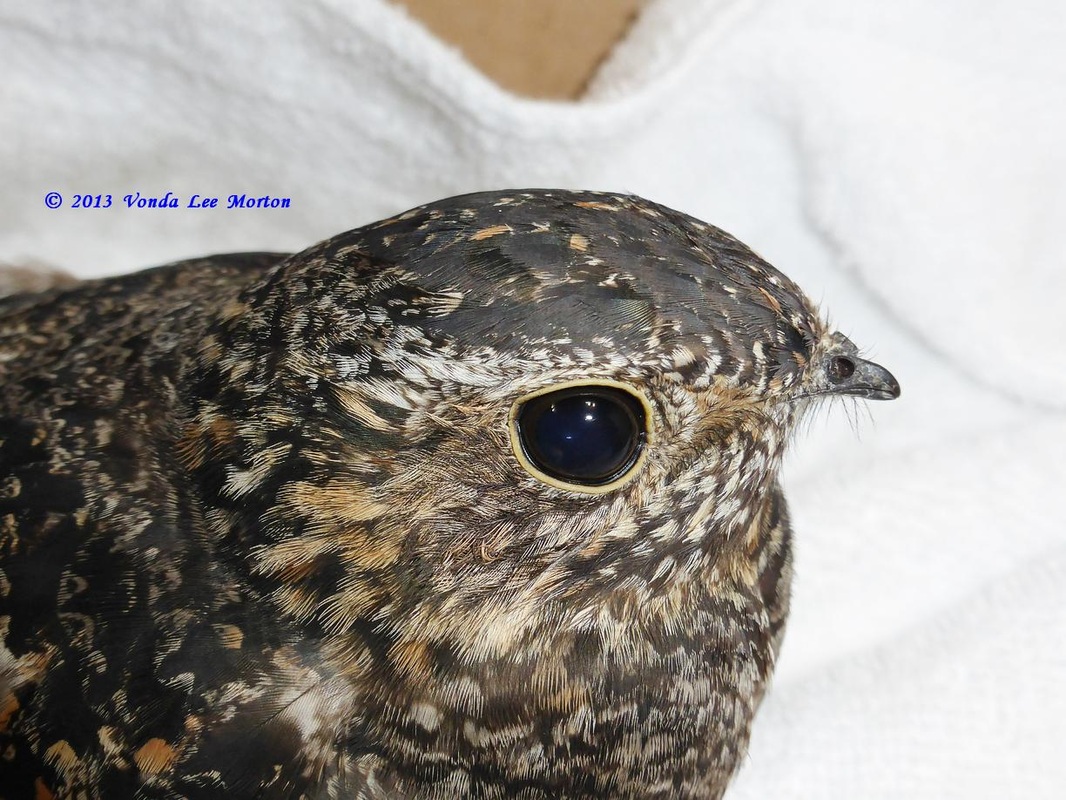
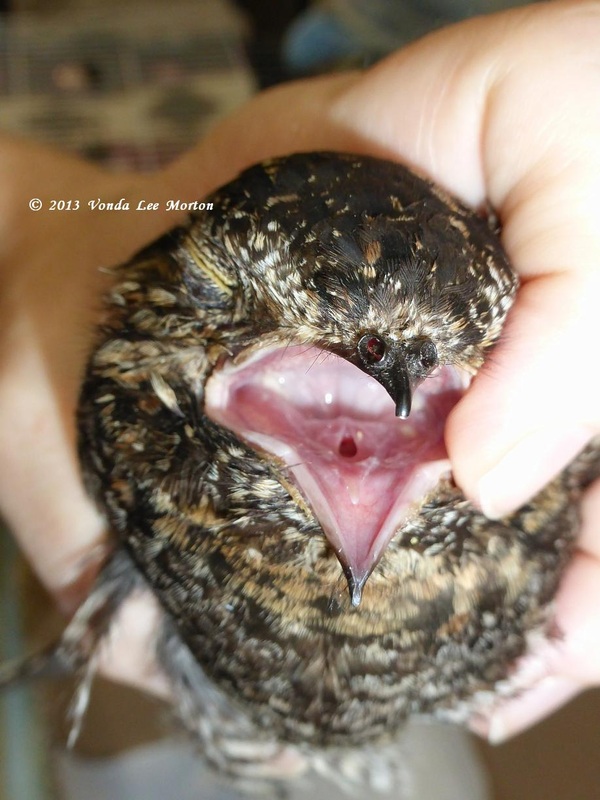
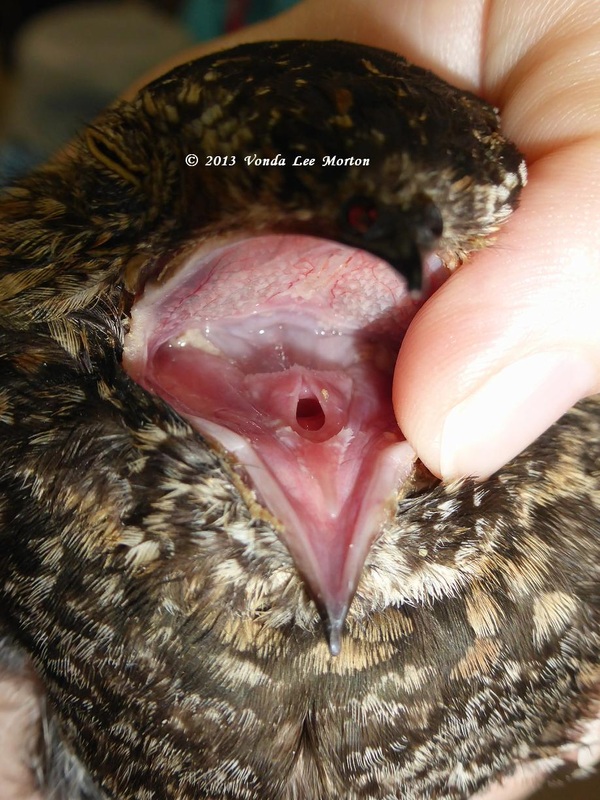
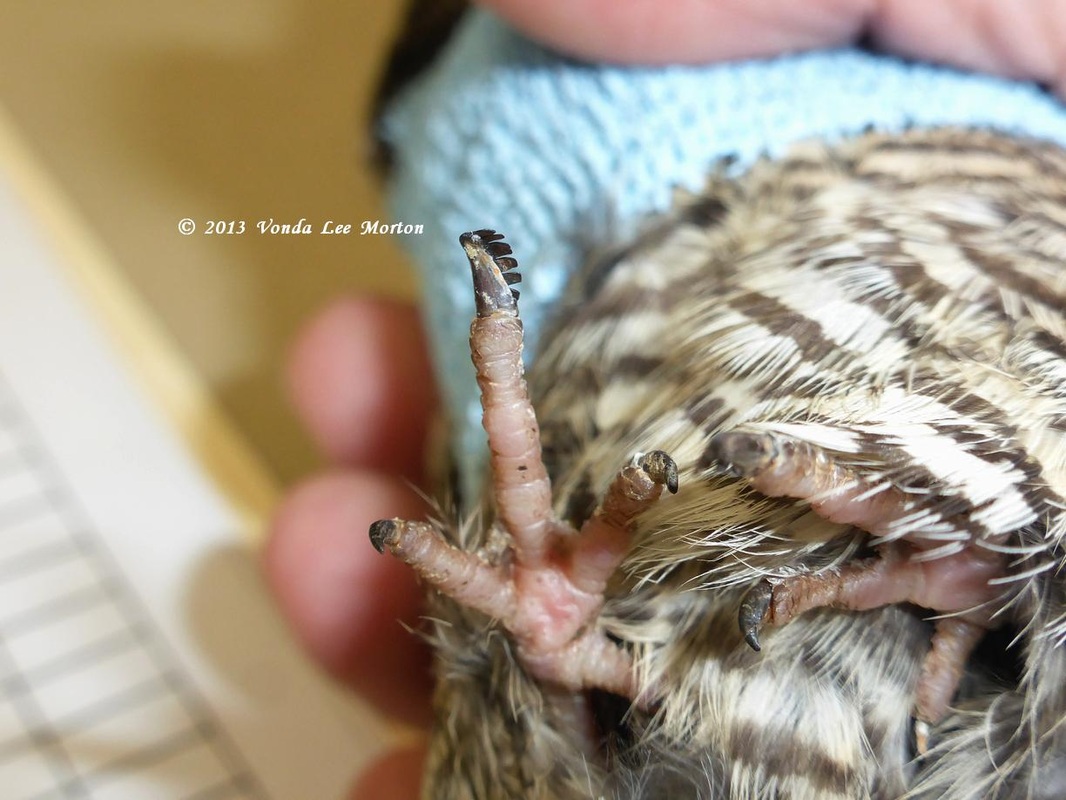
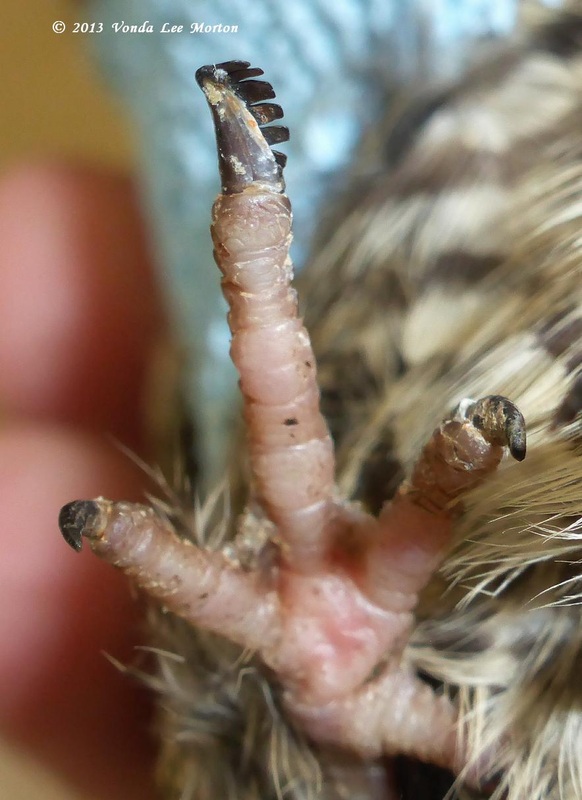
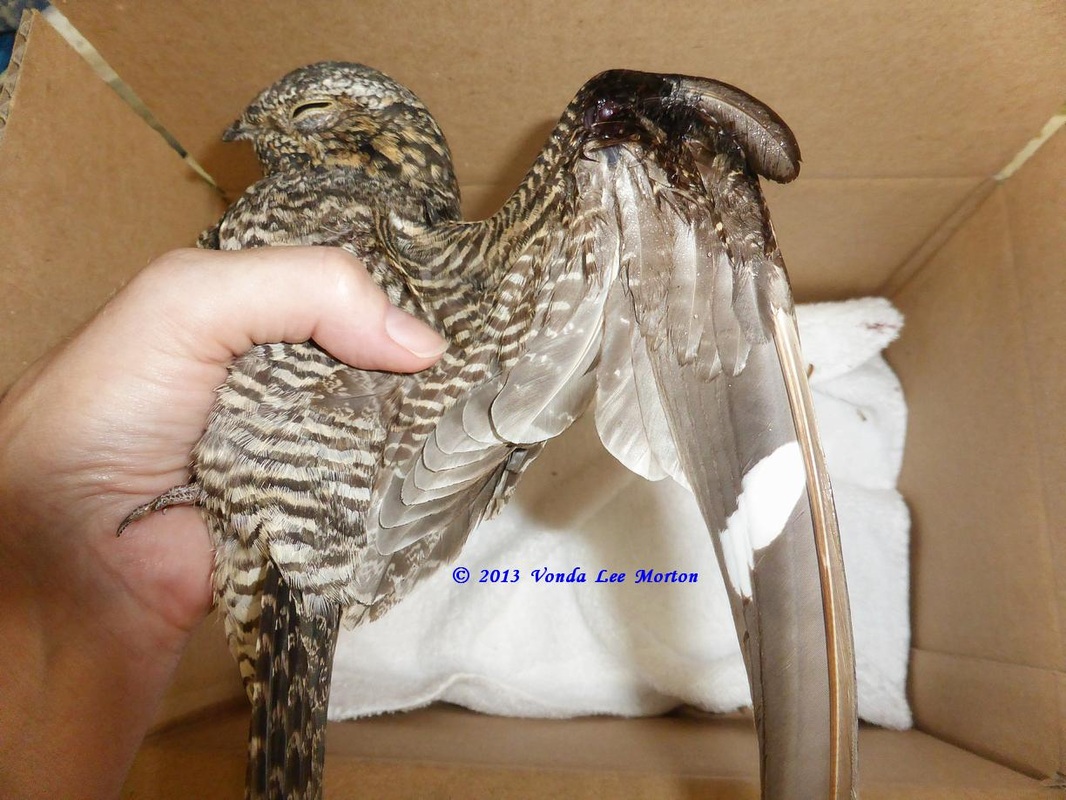
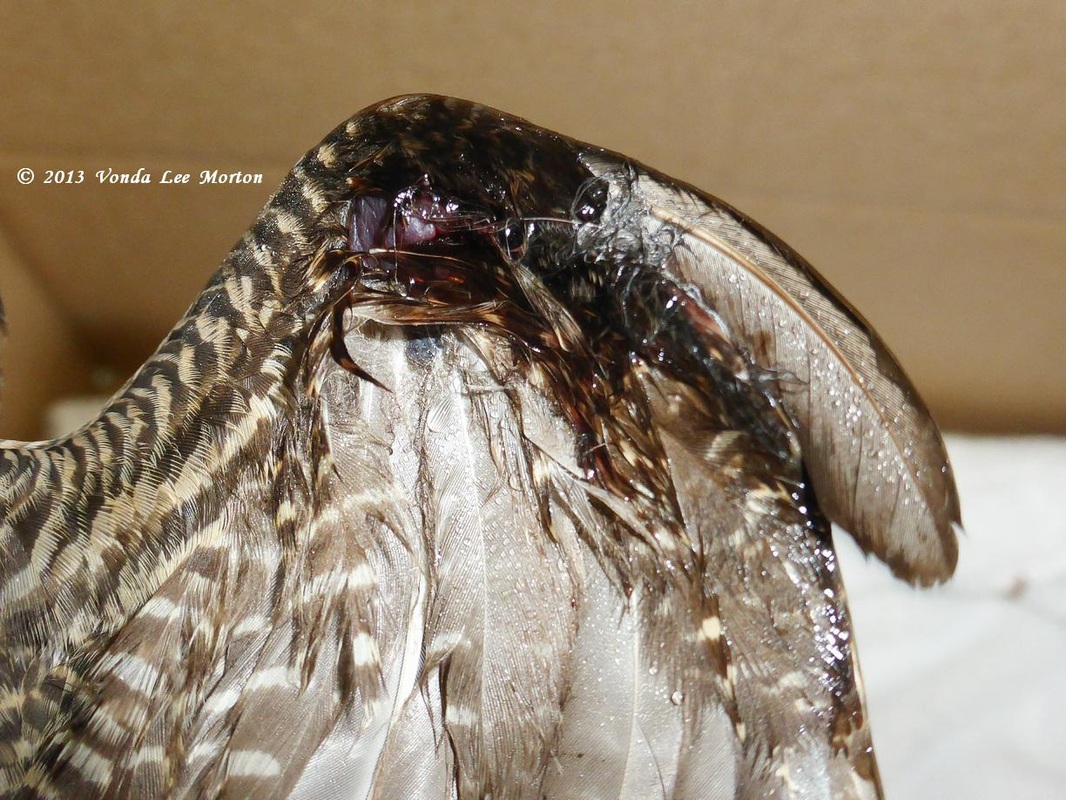
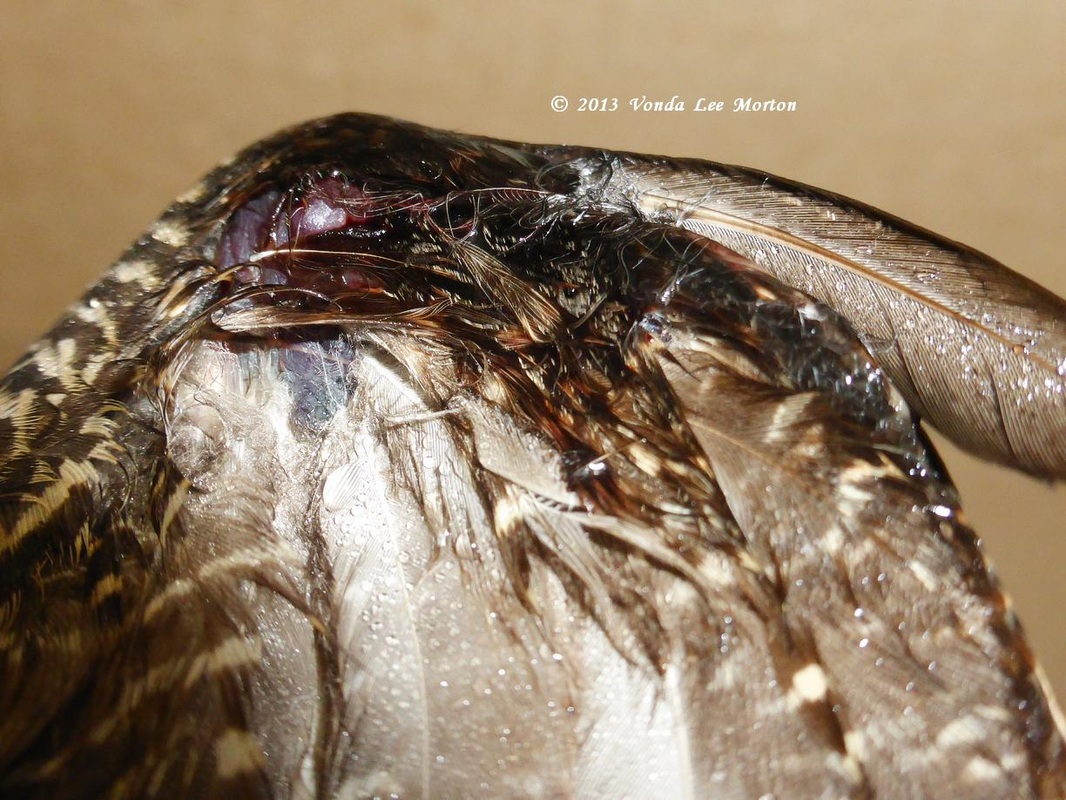
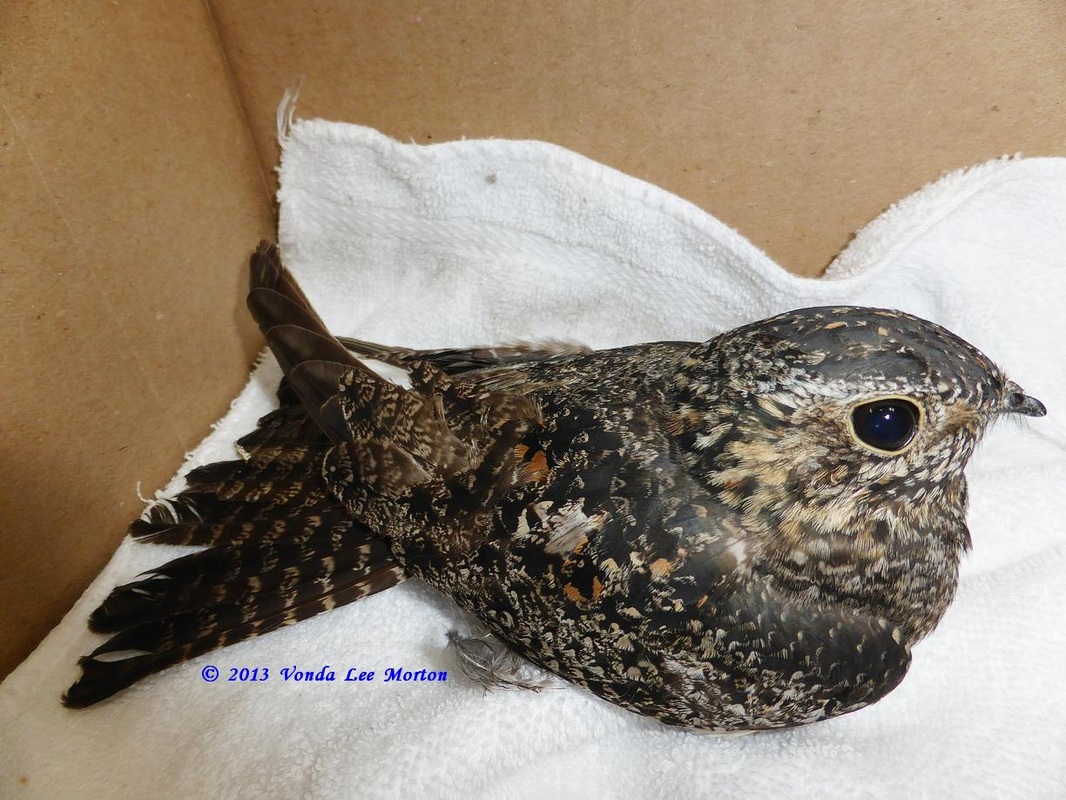
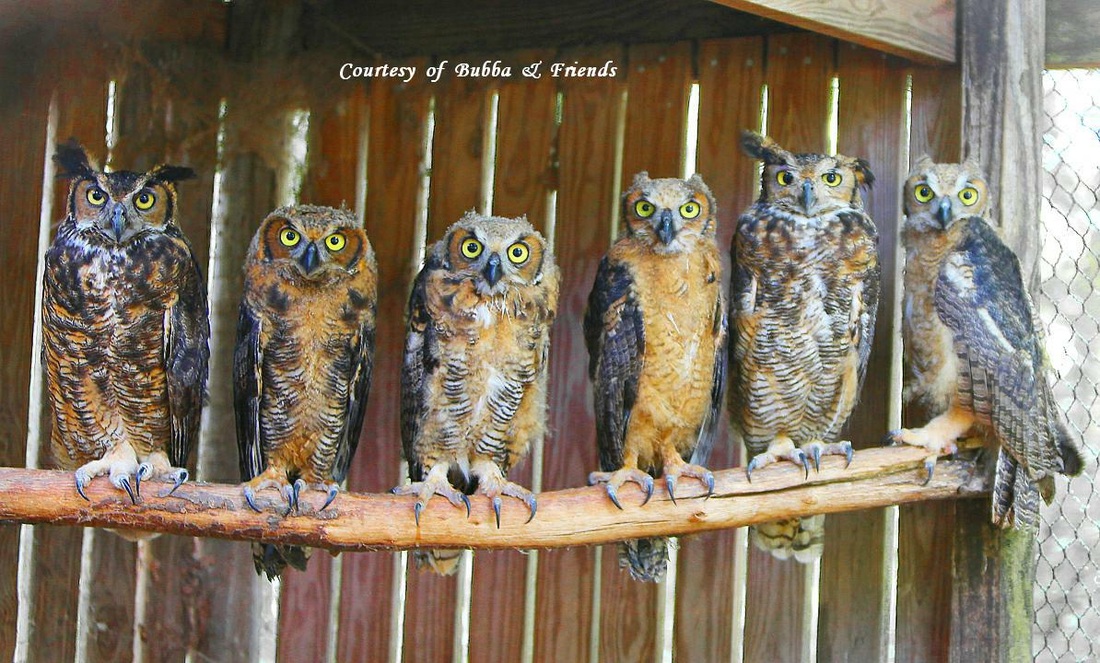
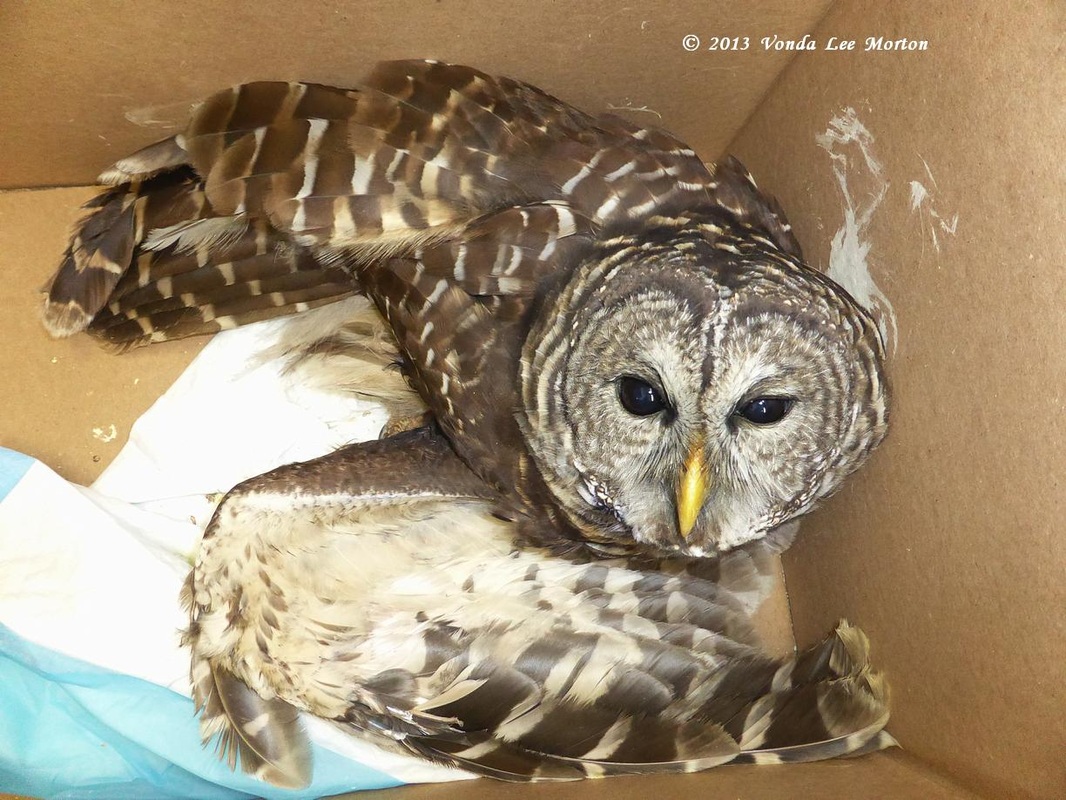
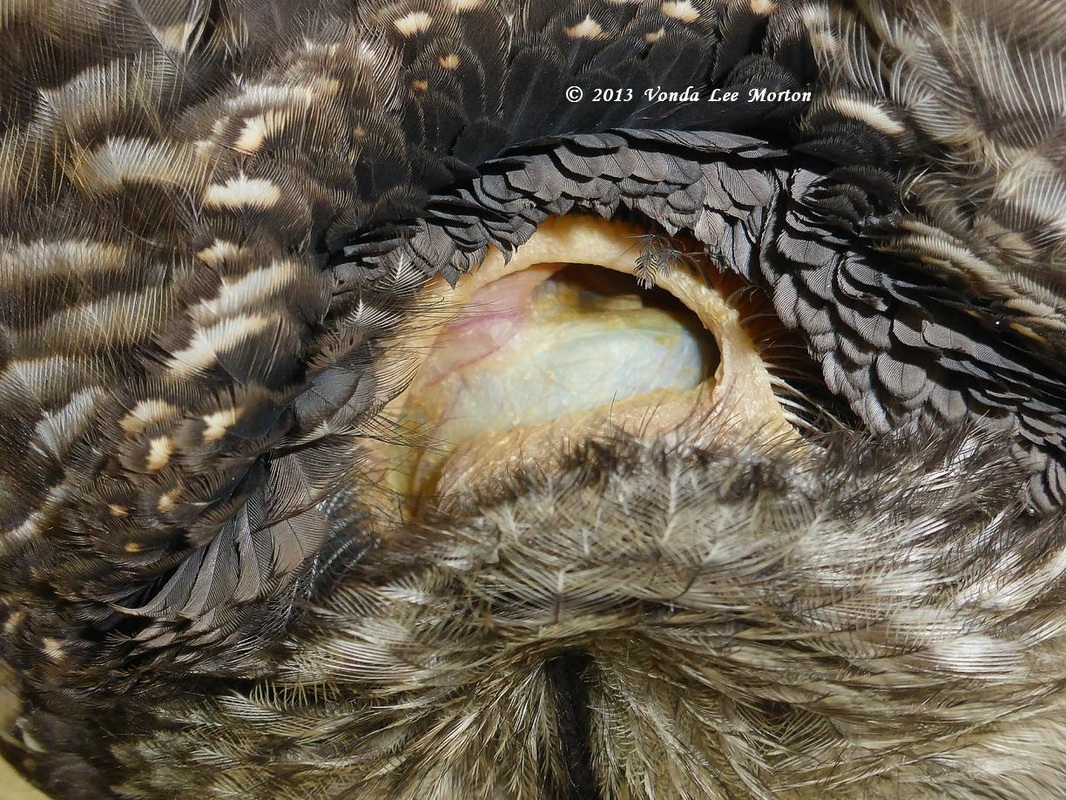
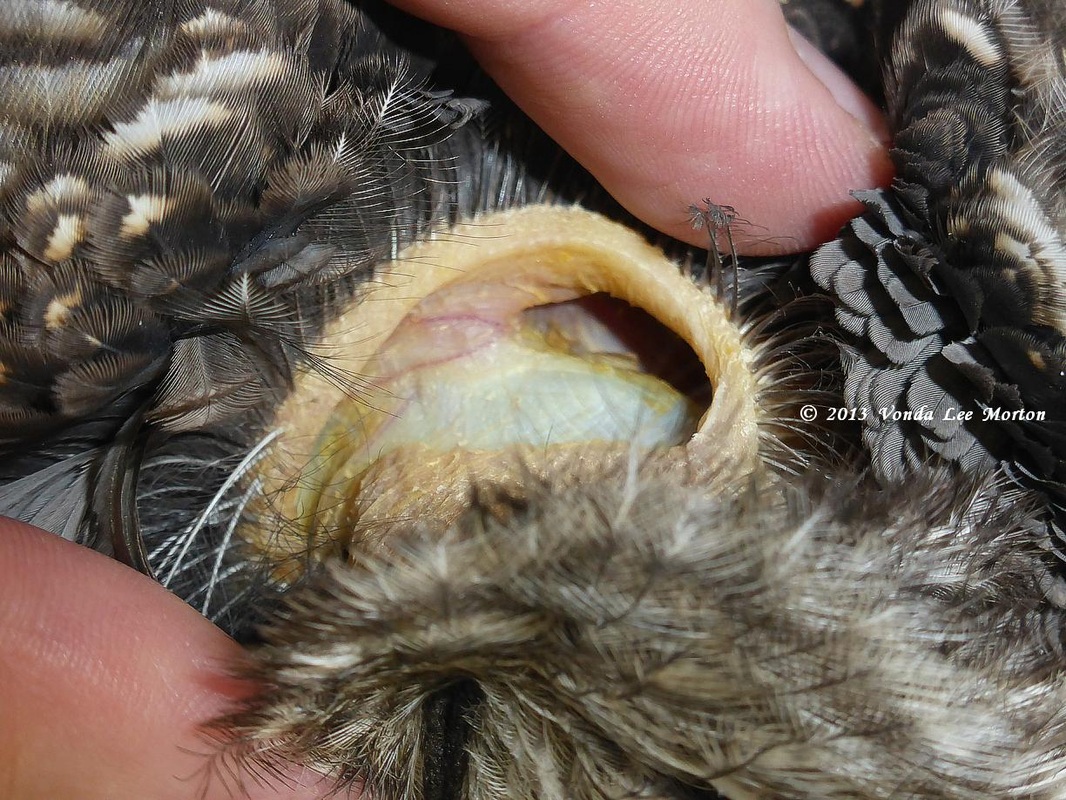
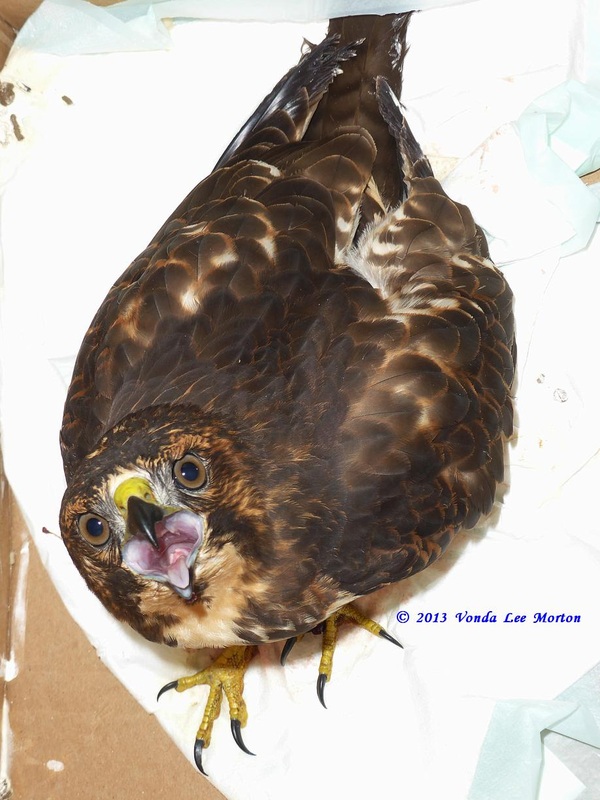
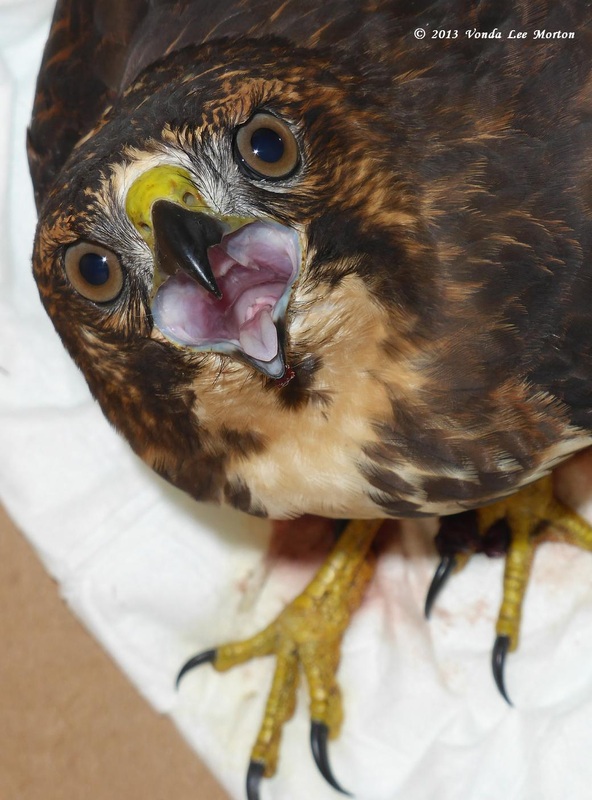
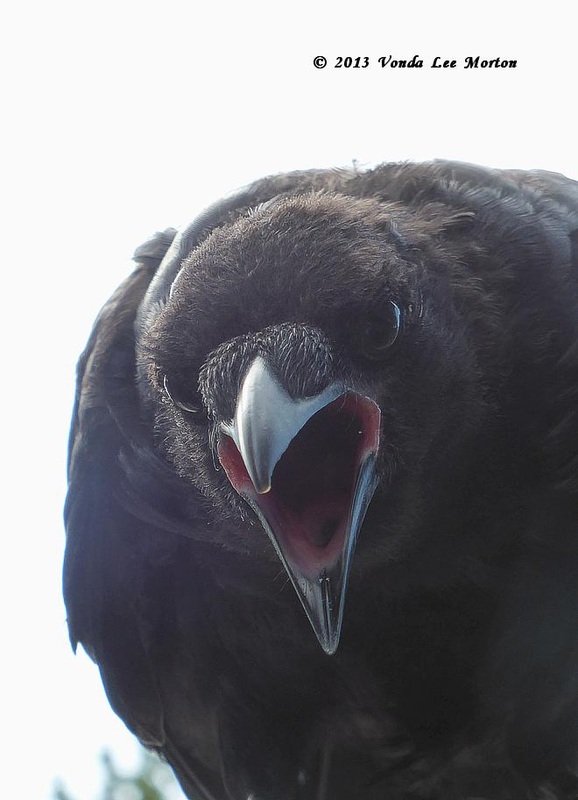
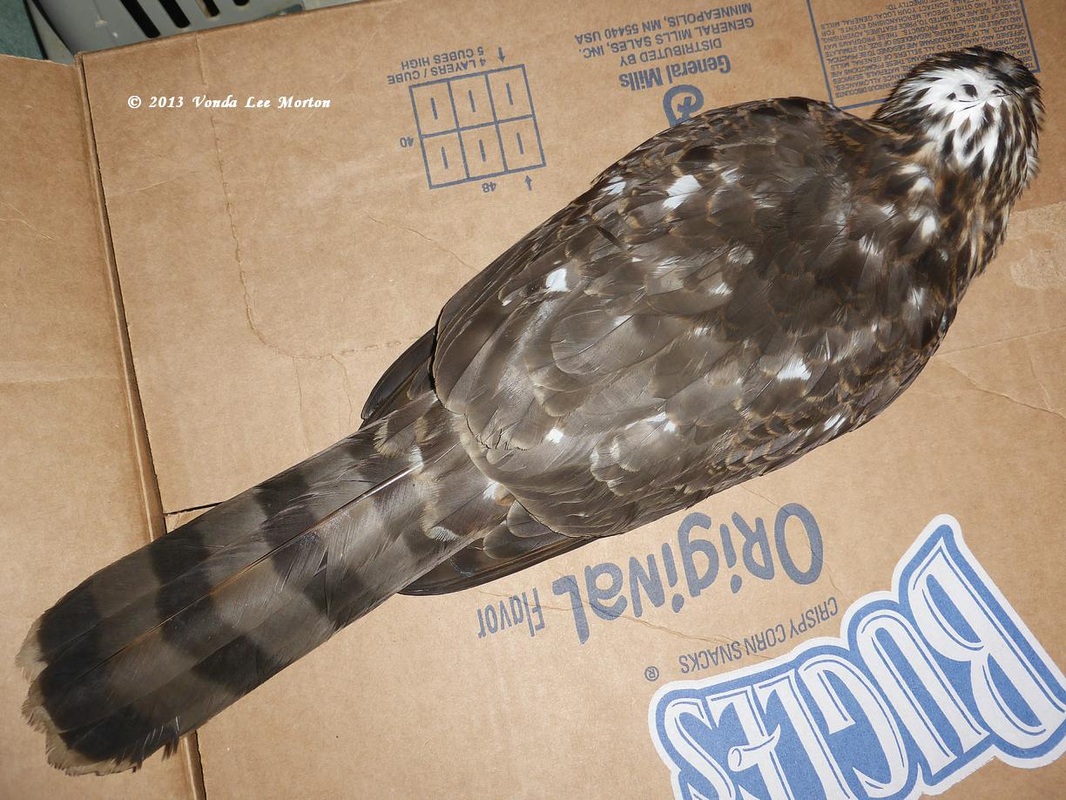
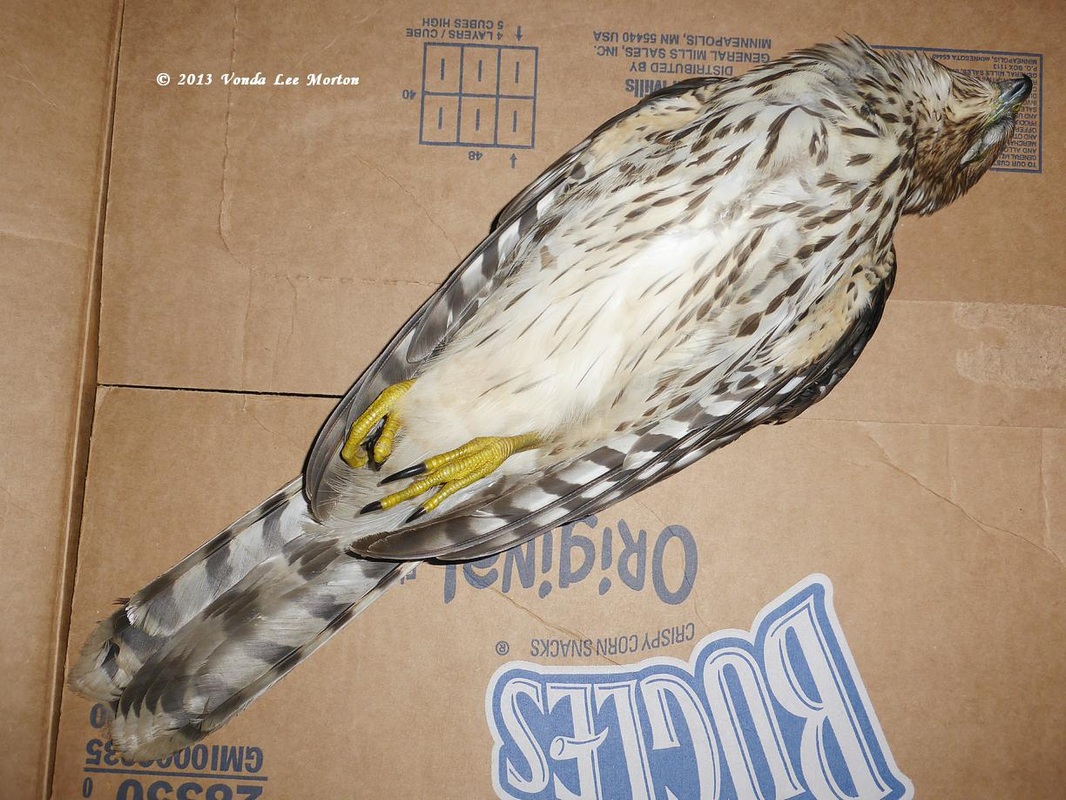
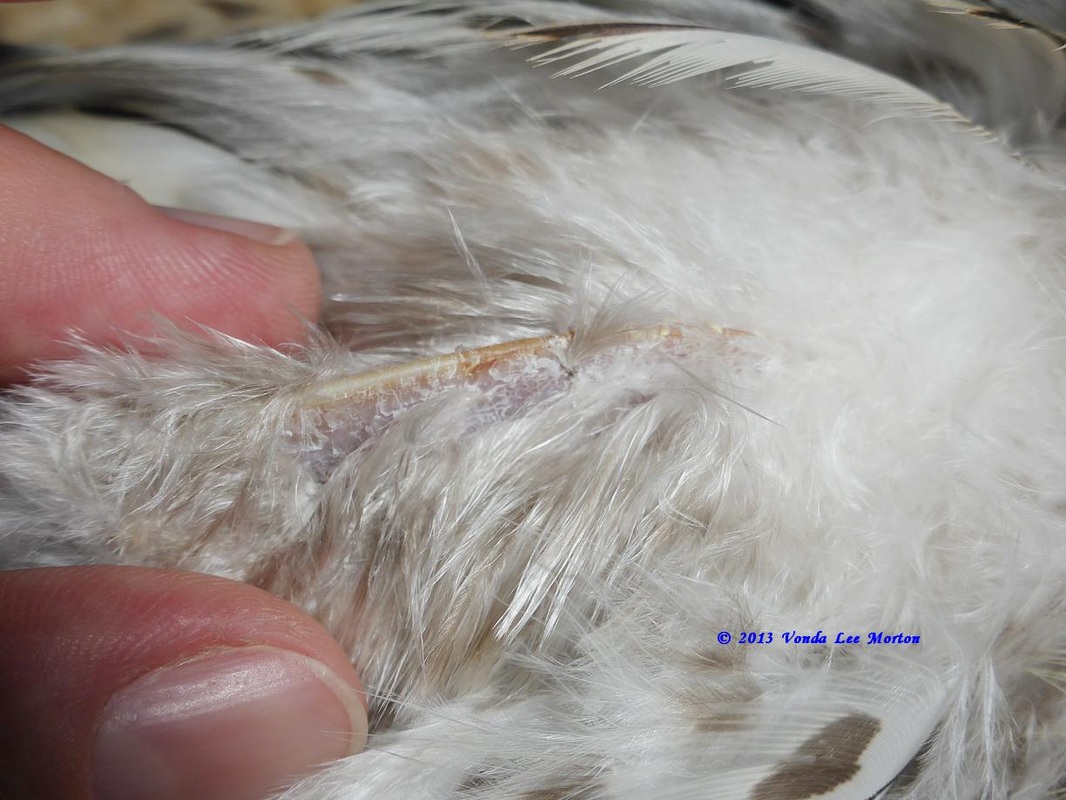
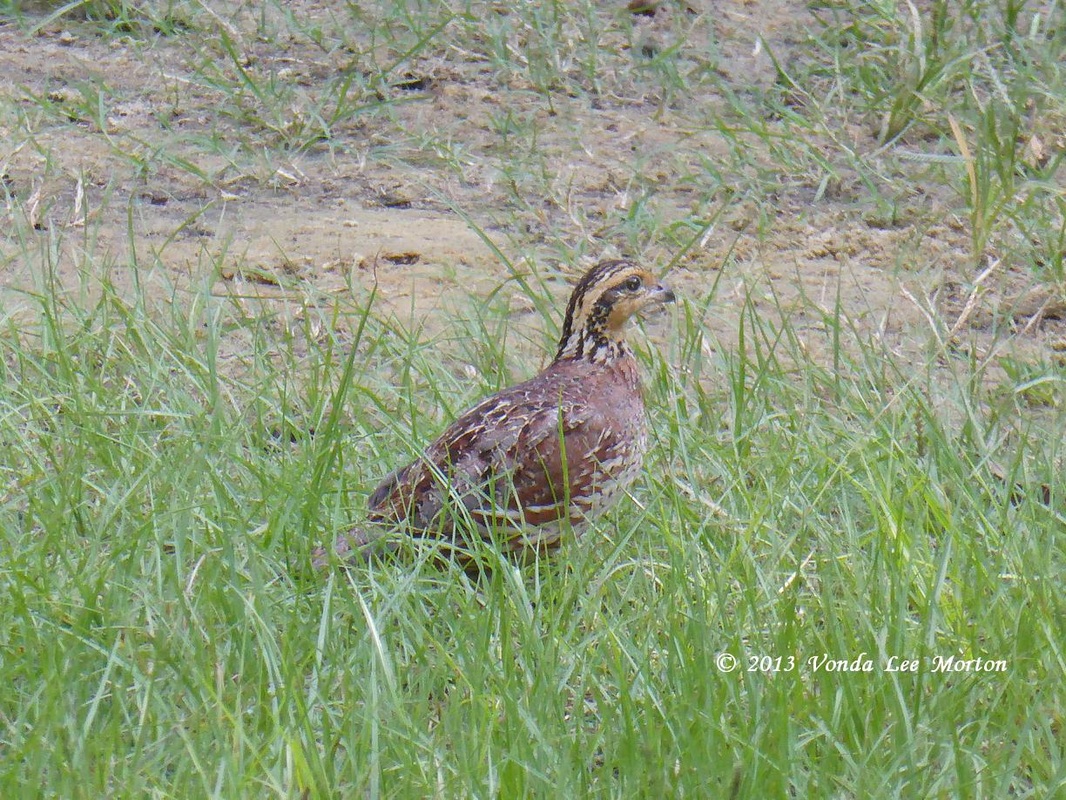
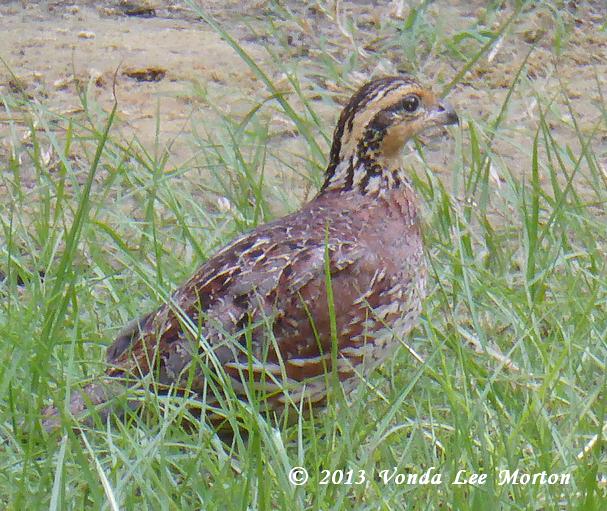
 RSS Feed
RSS Feed
